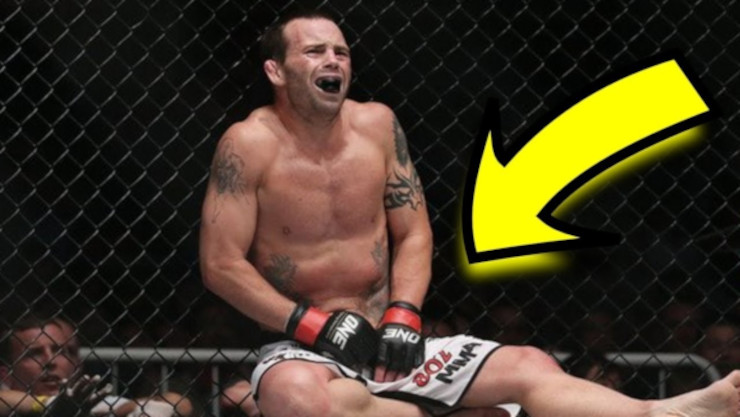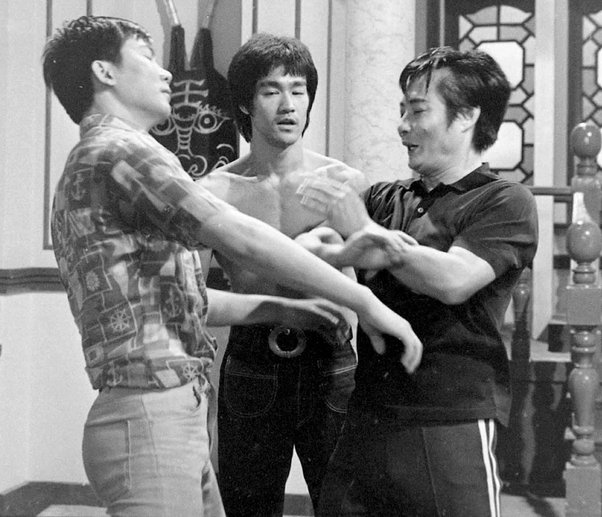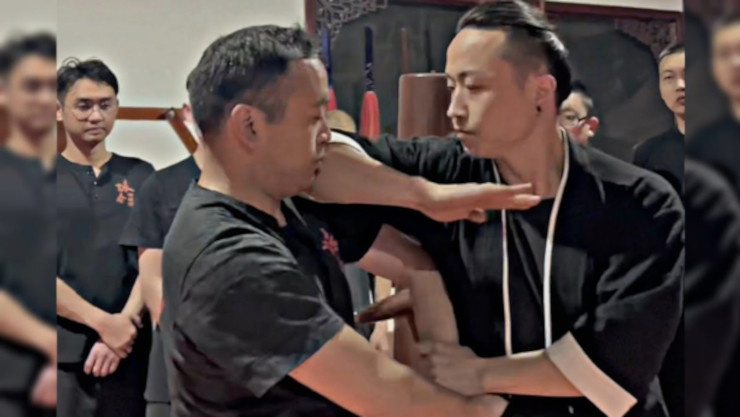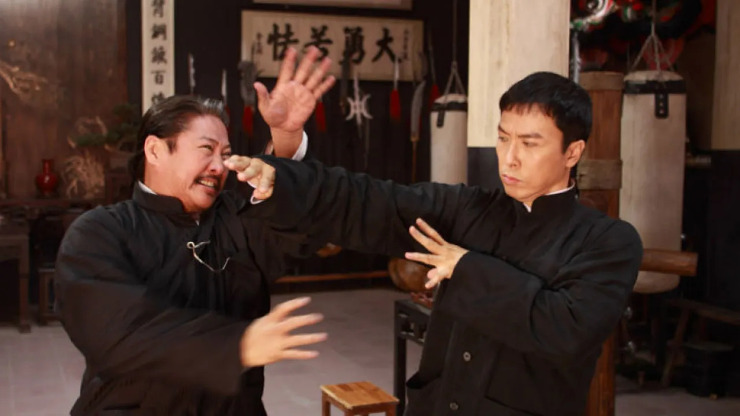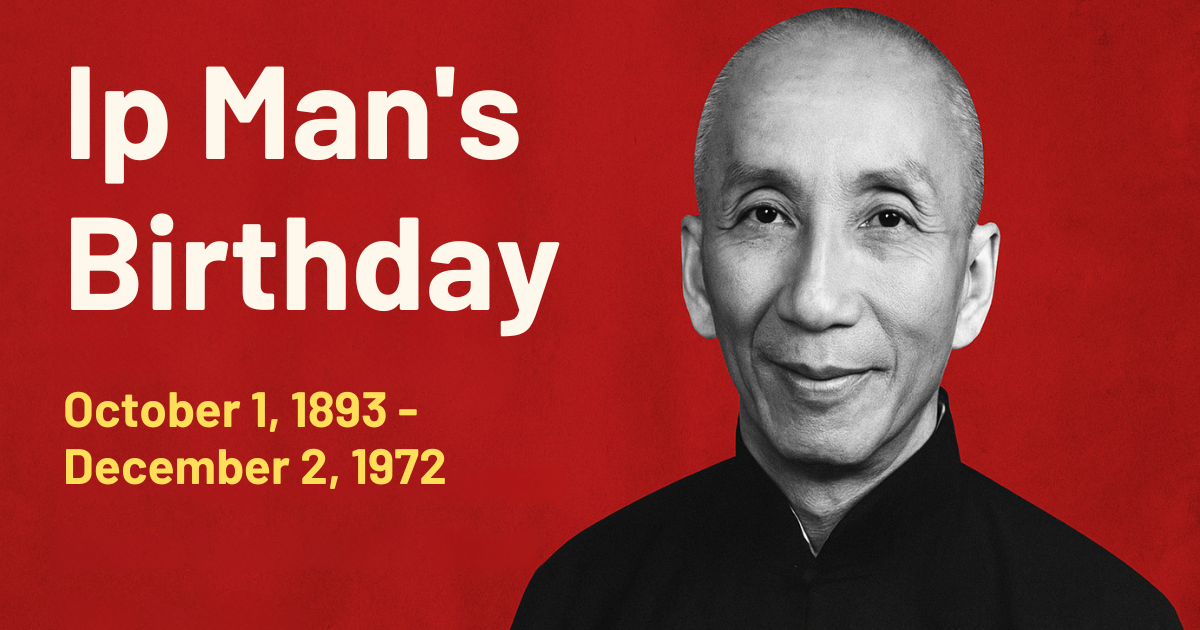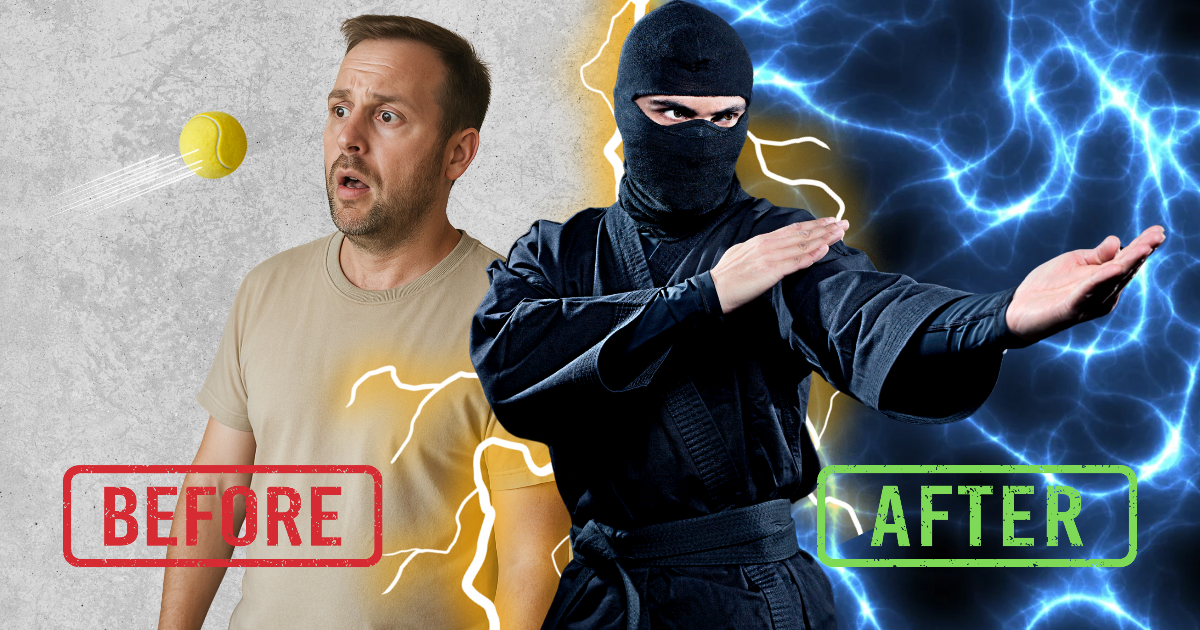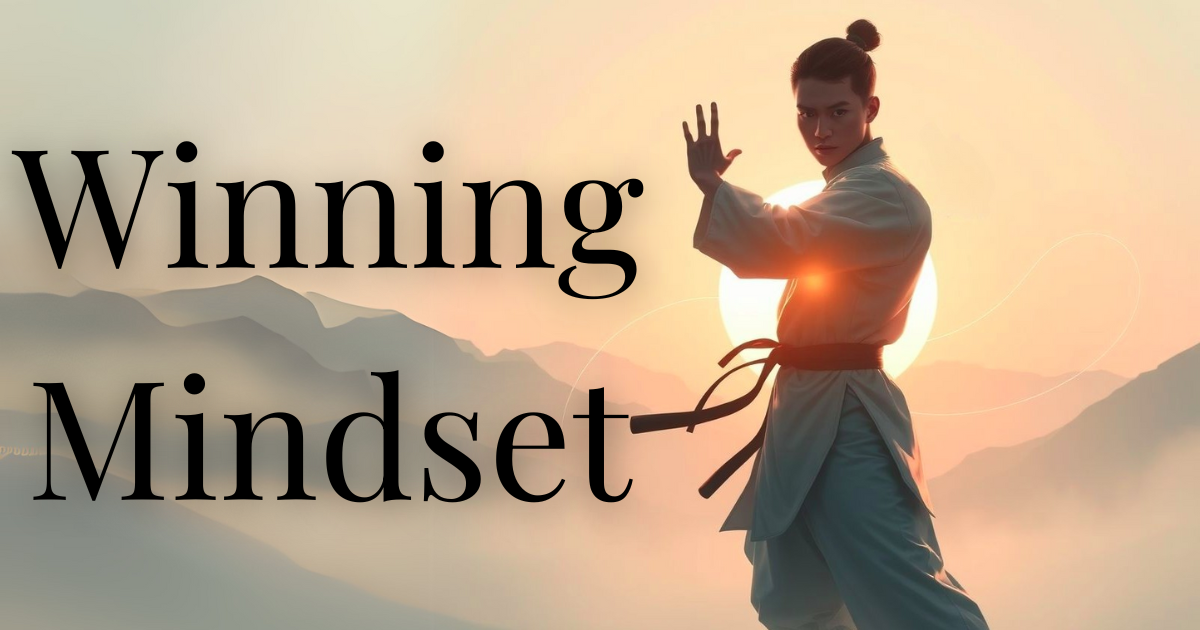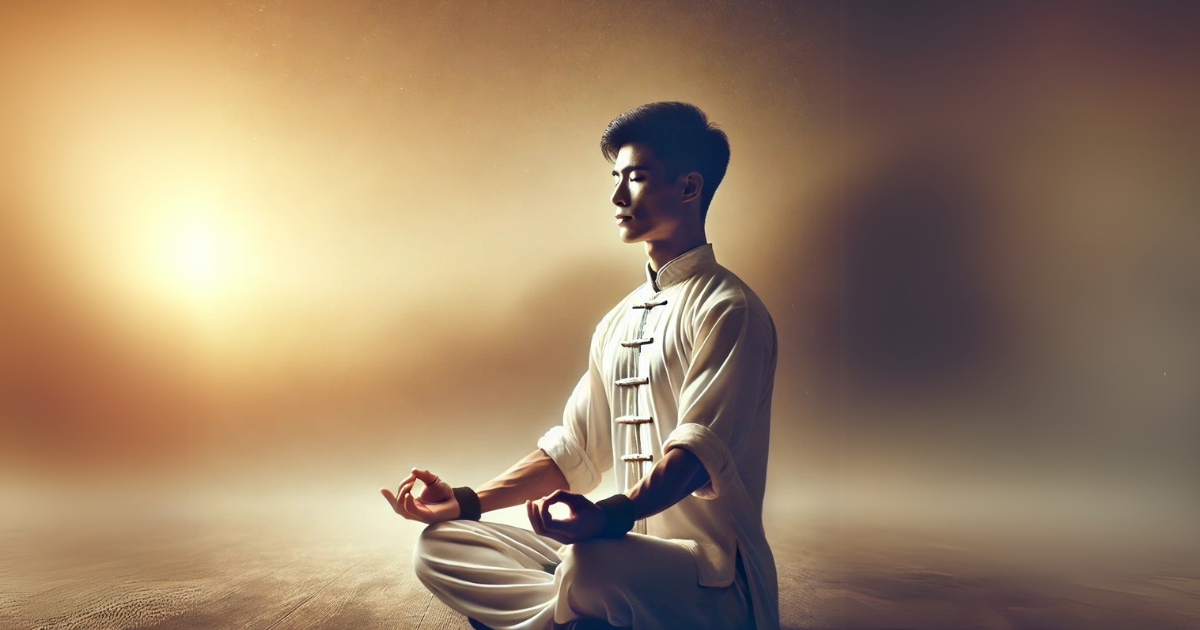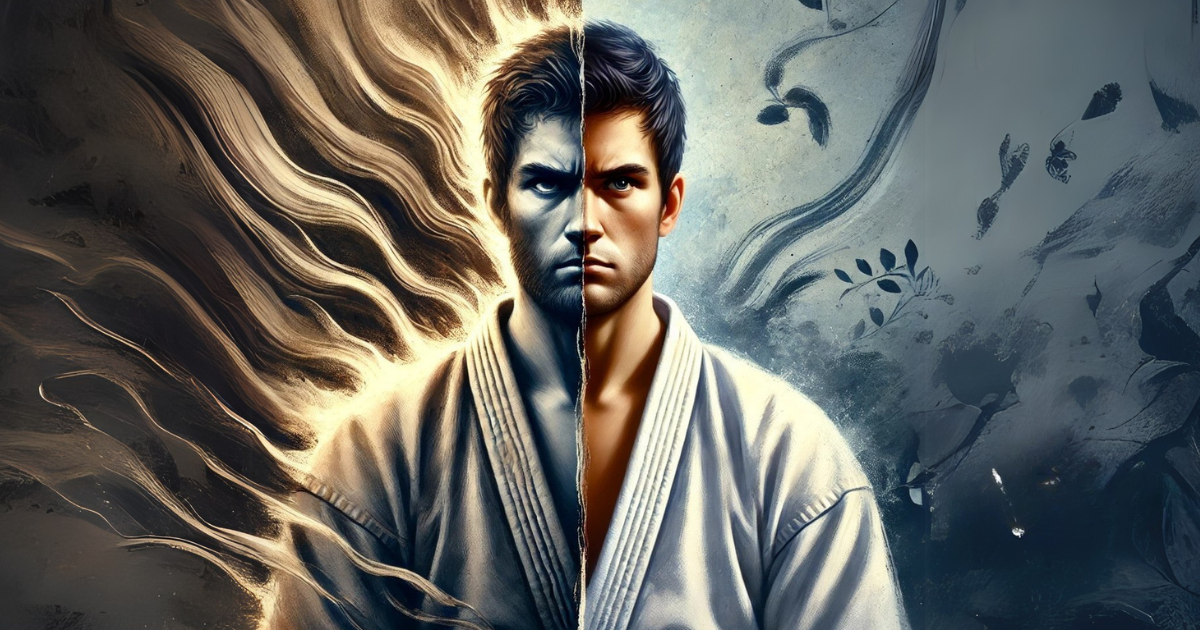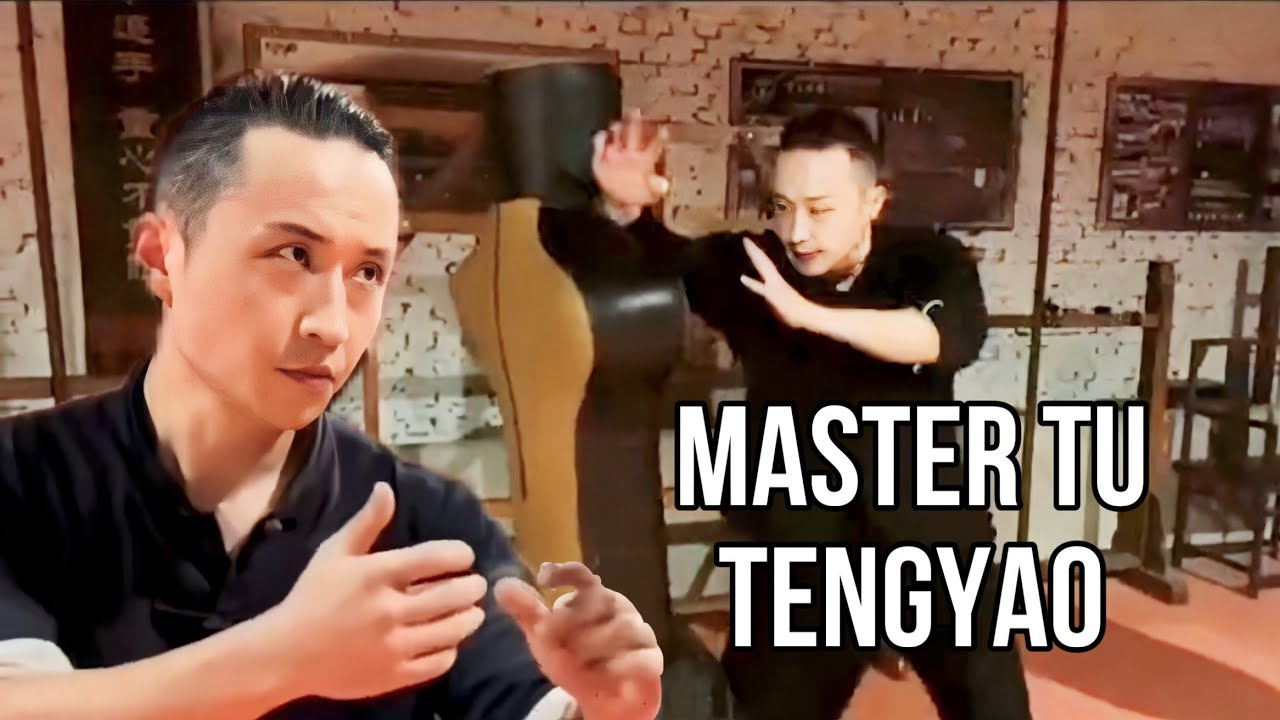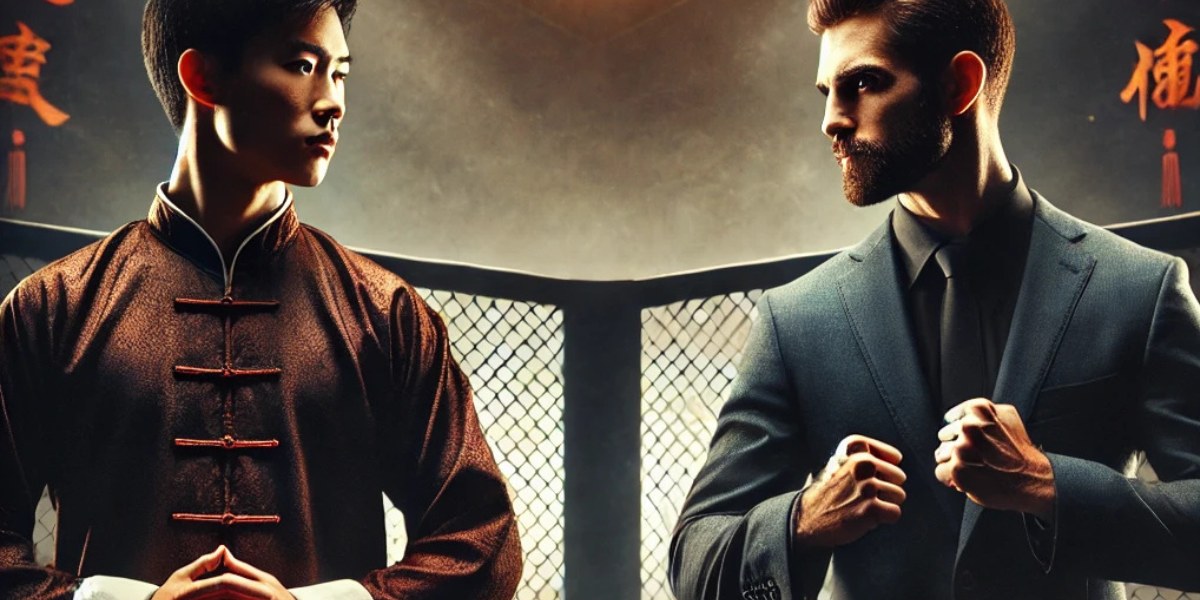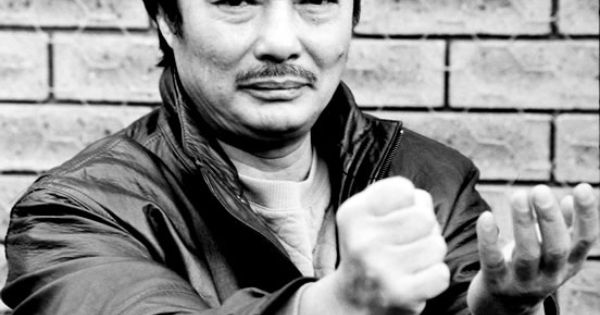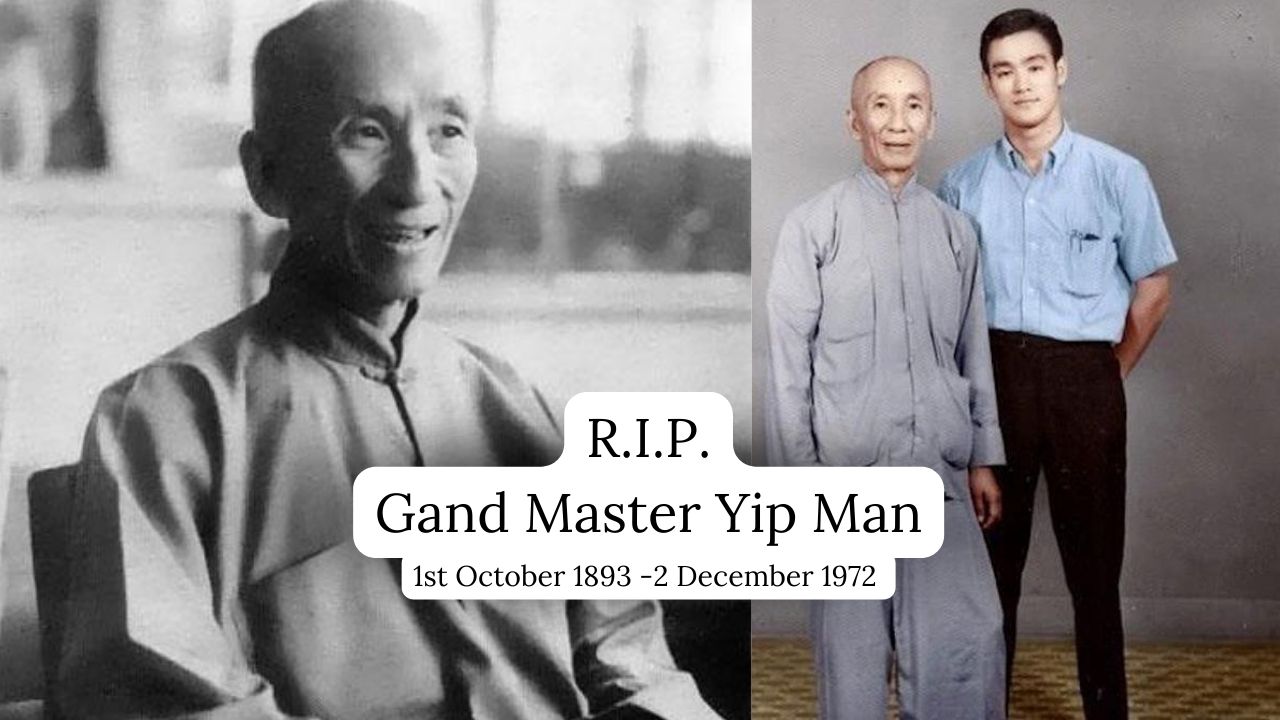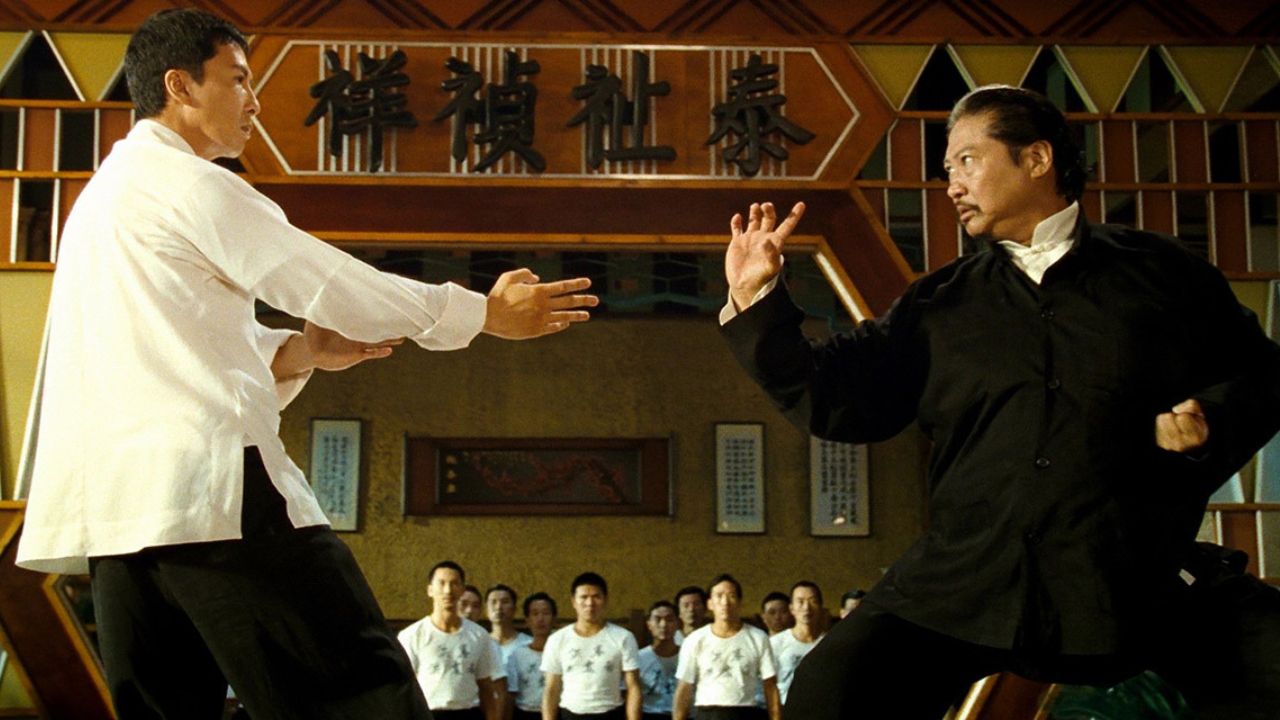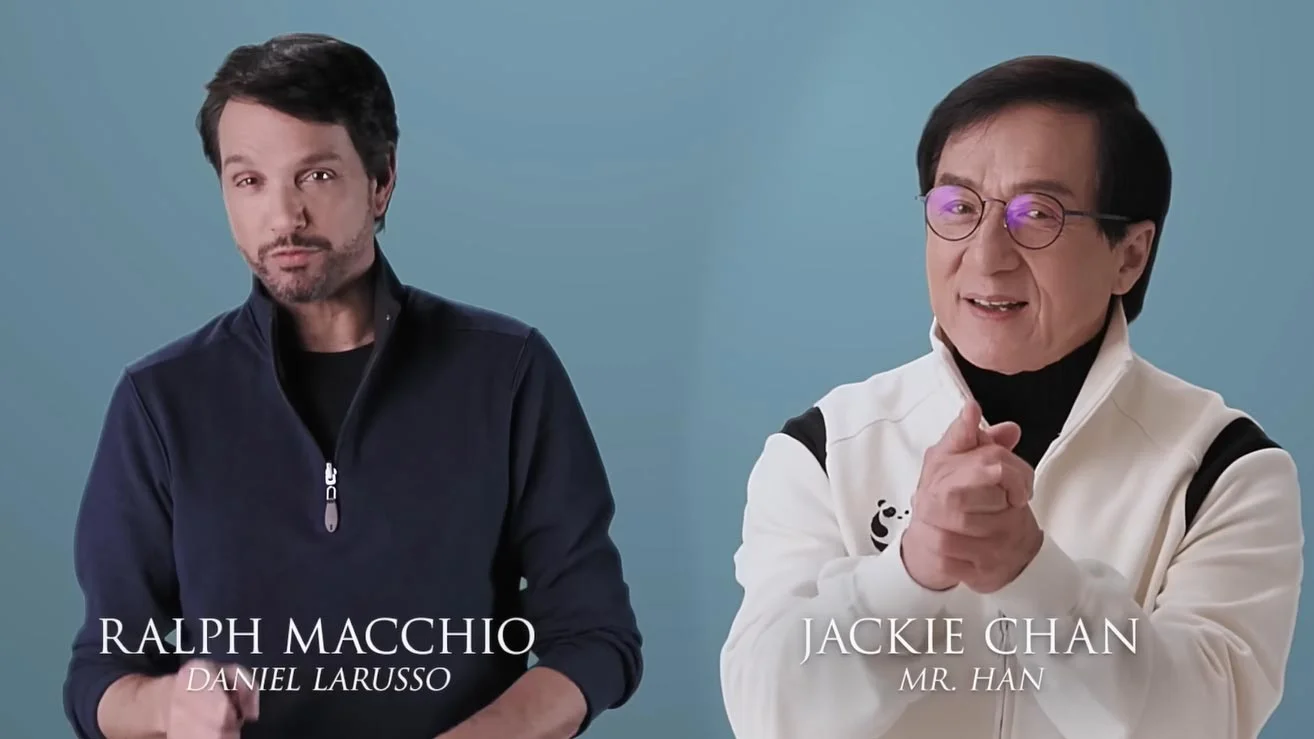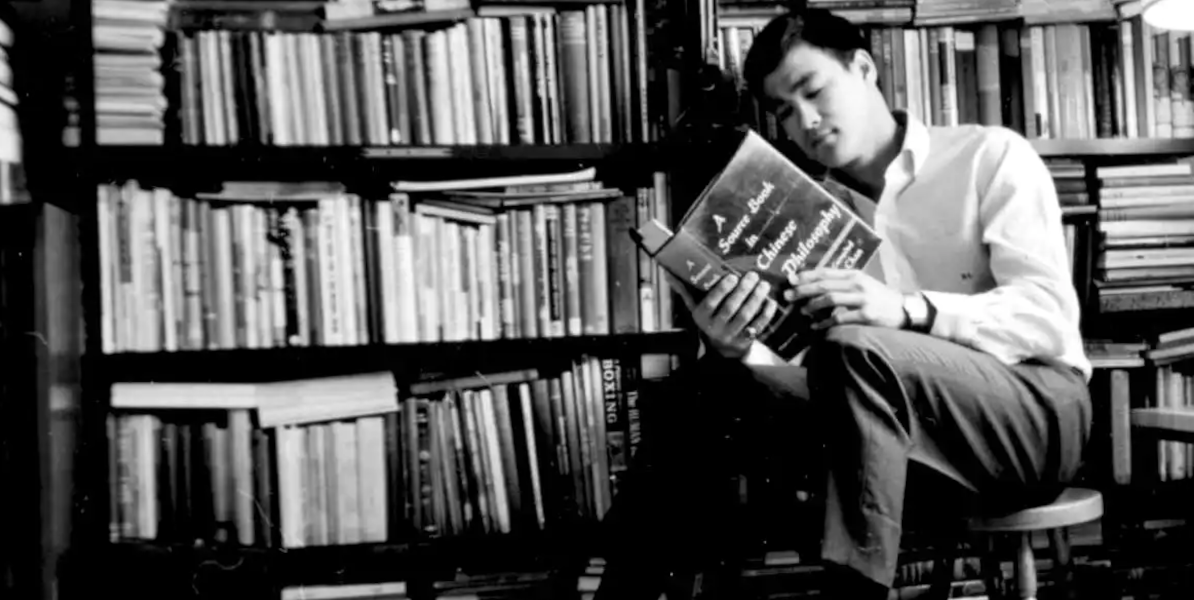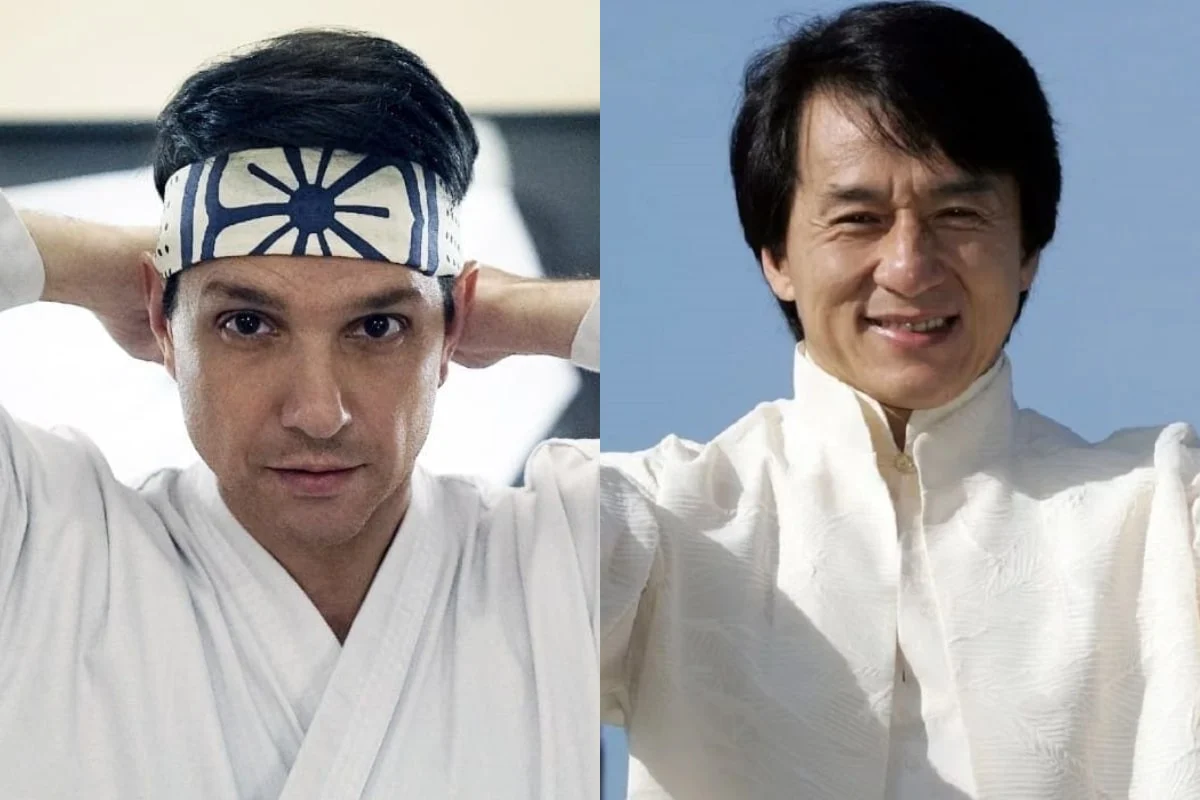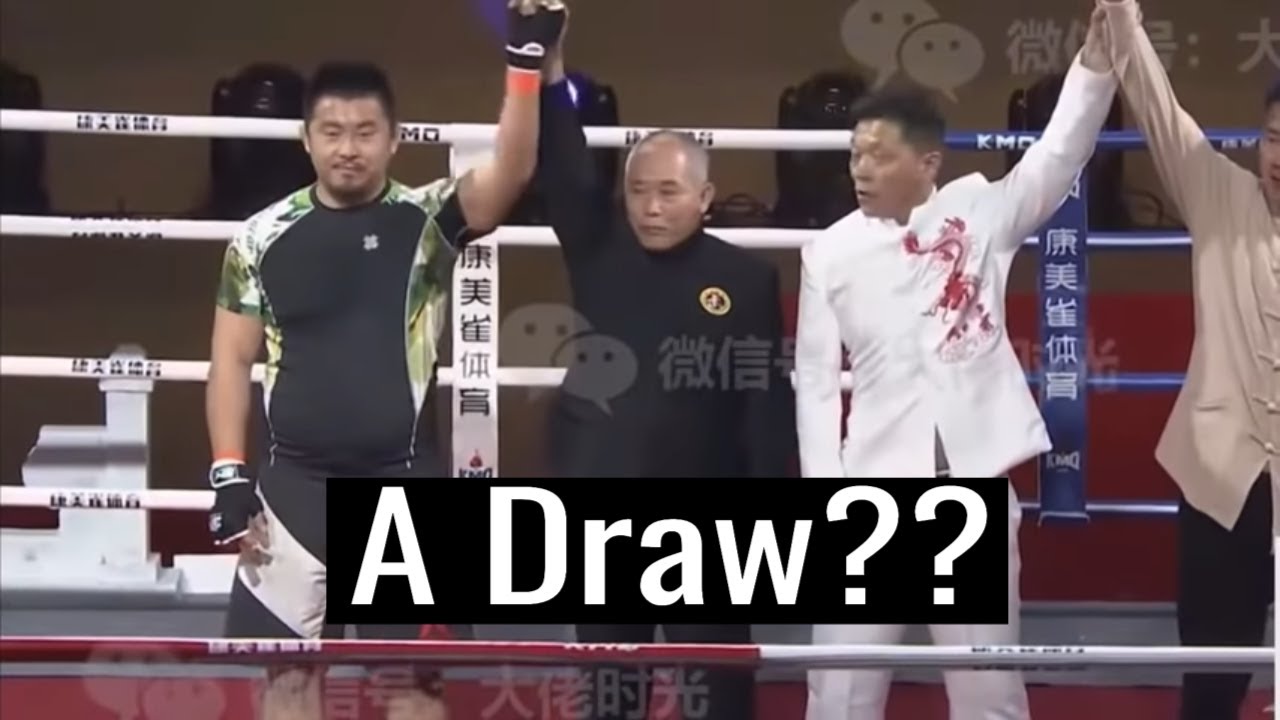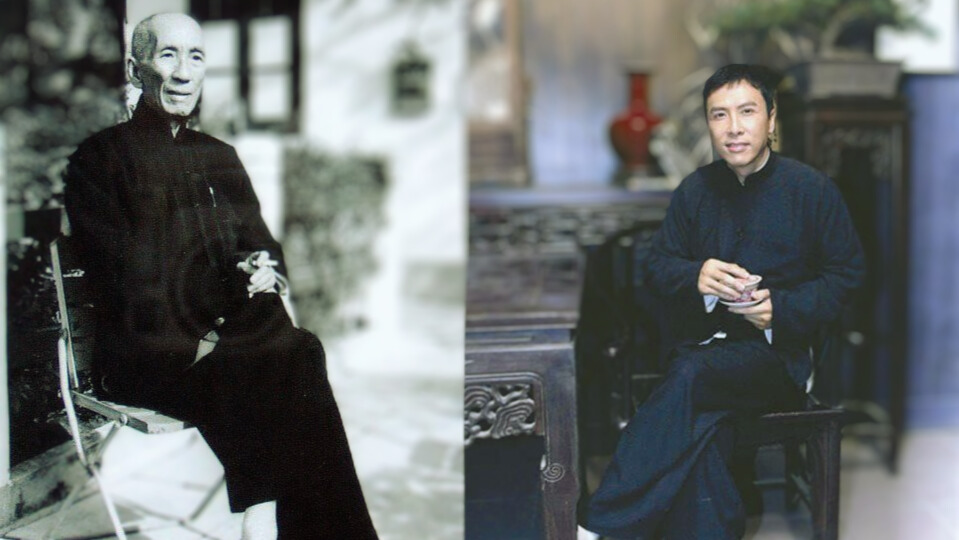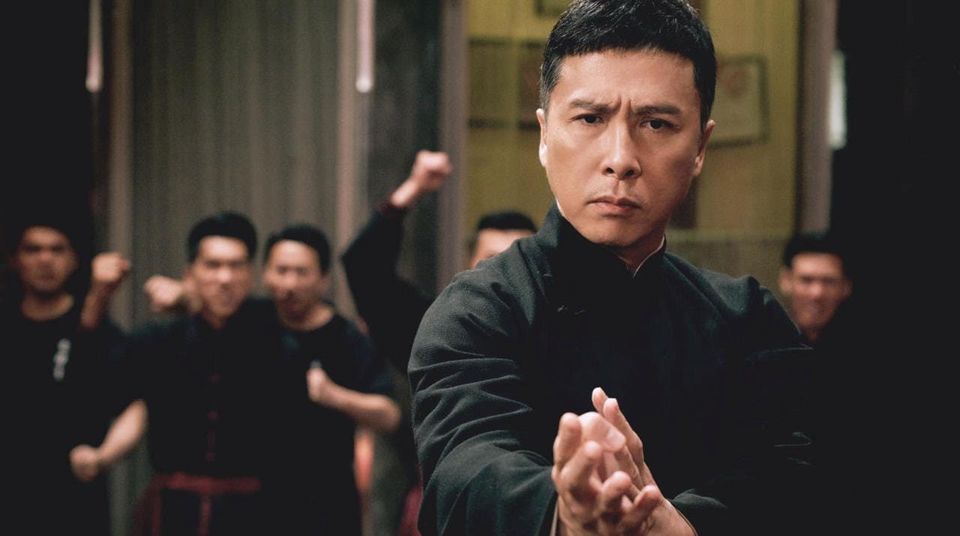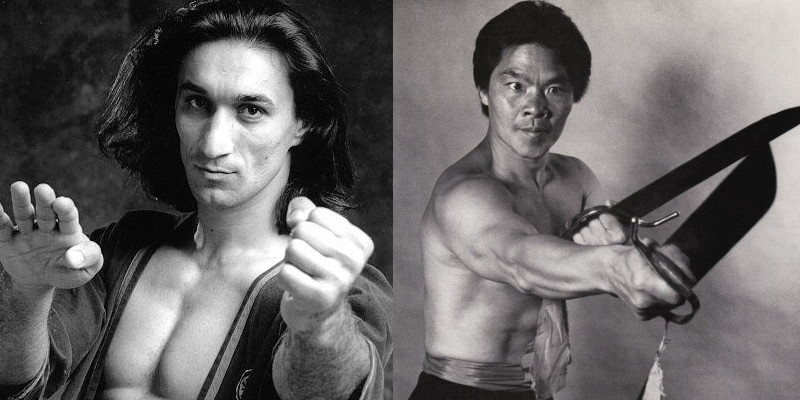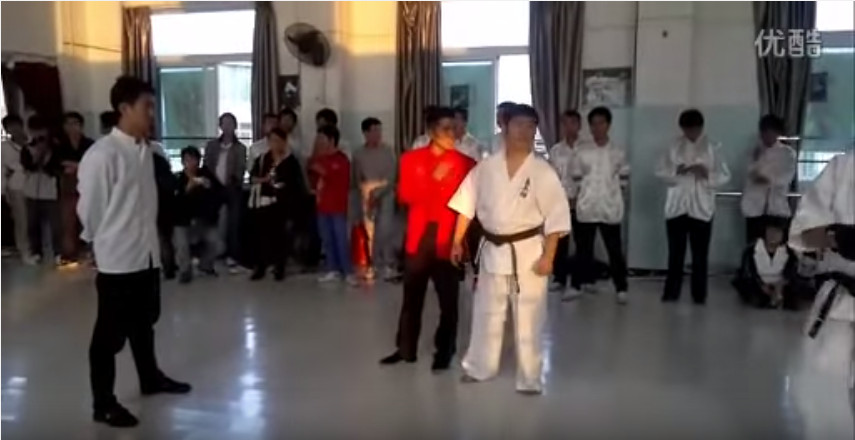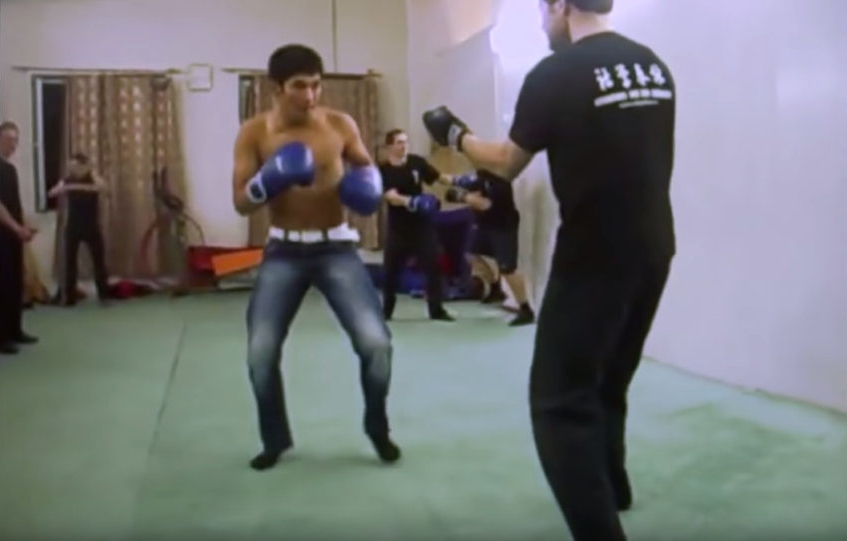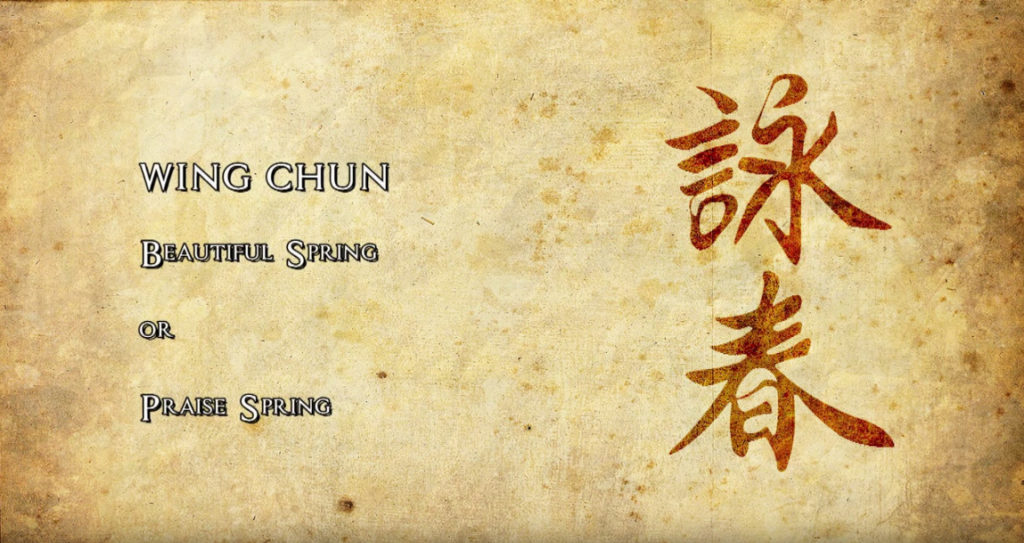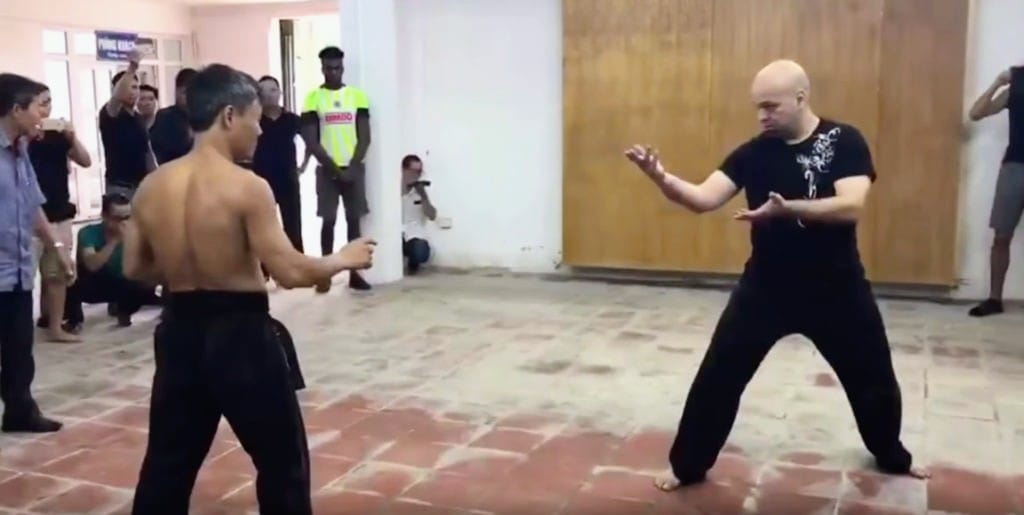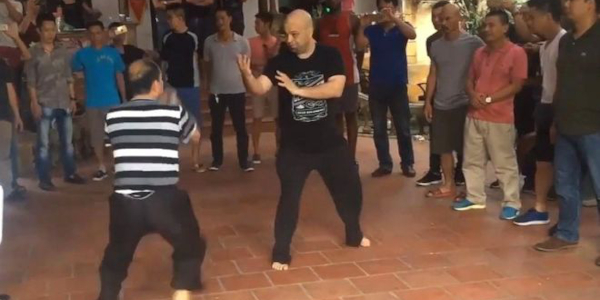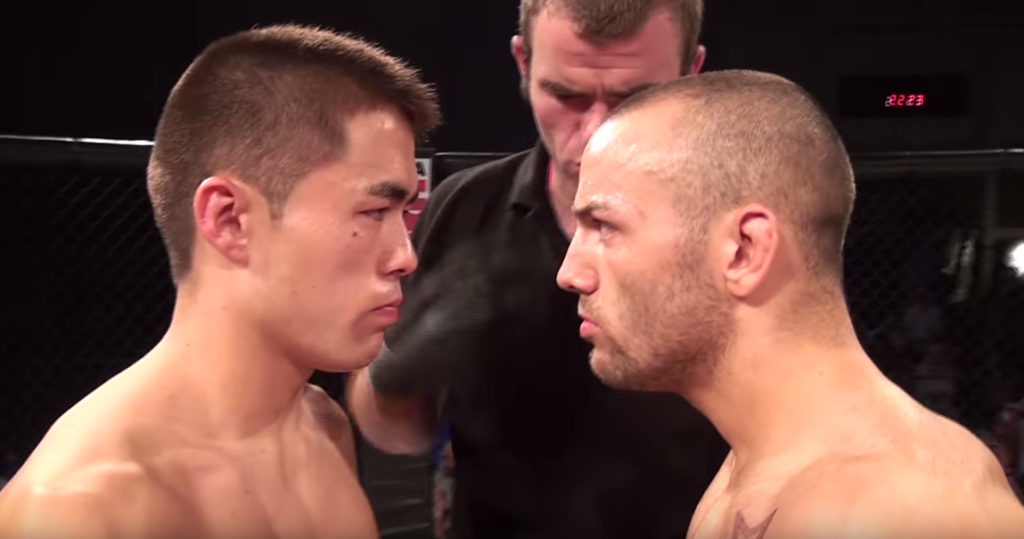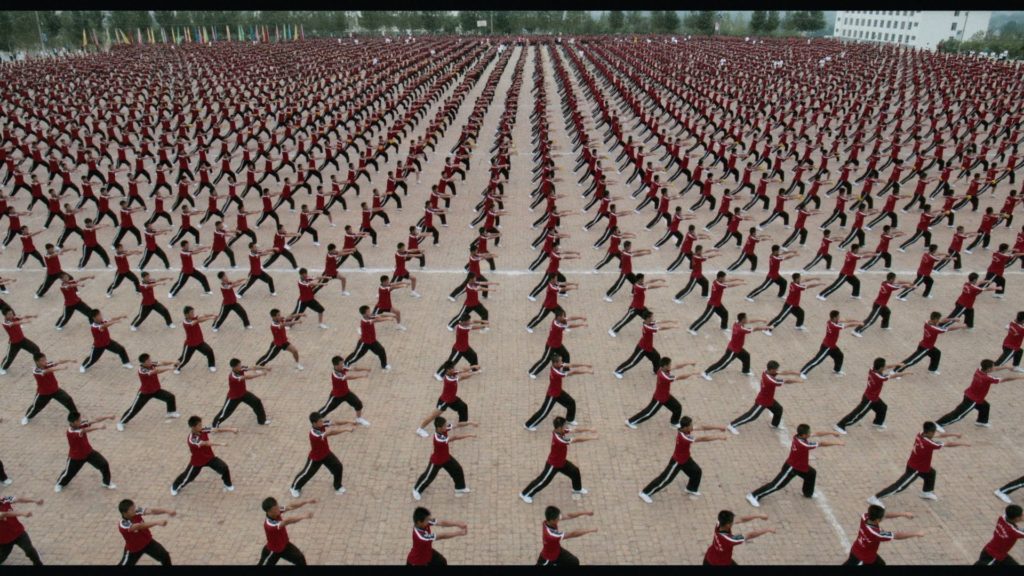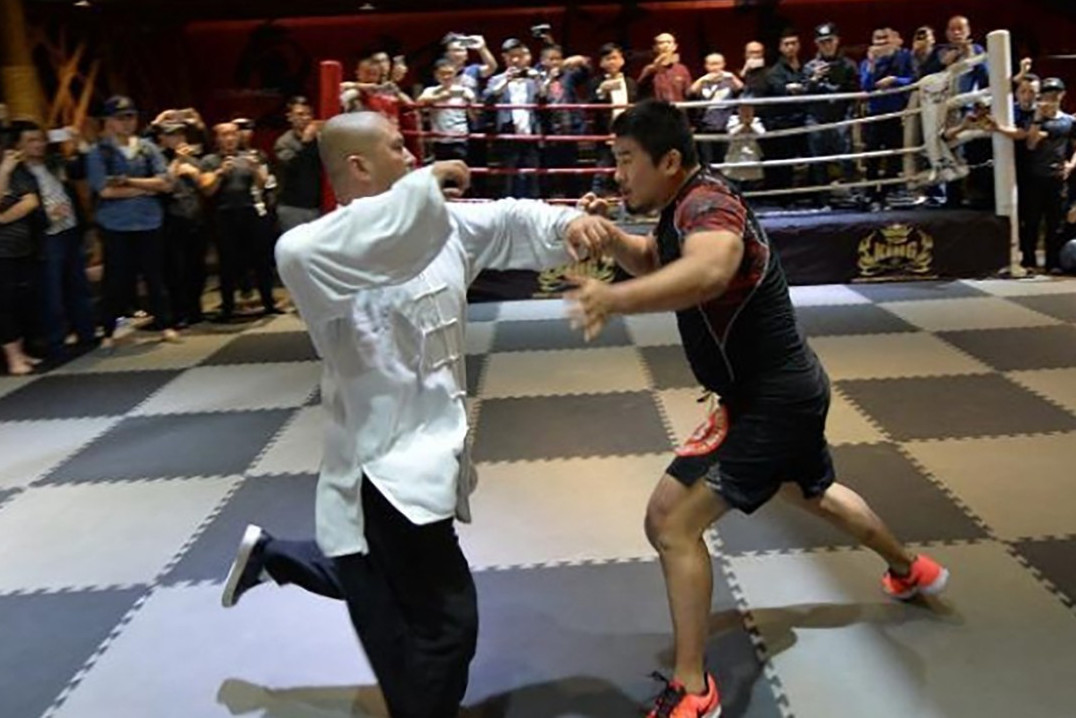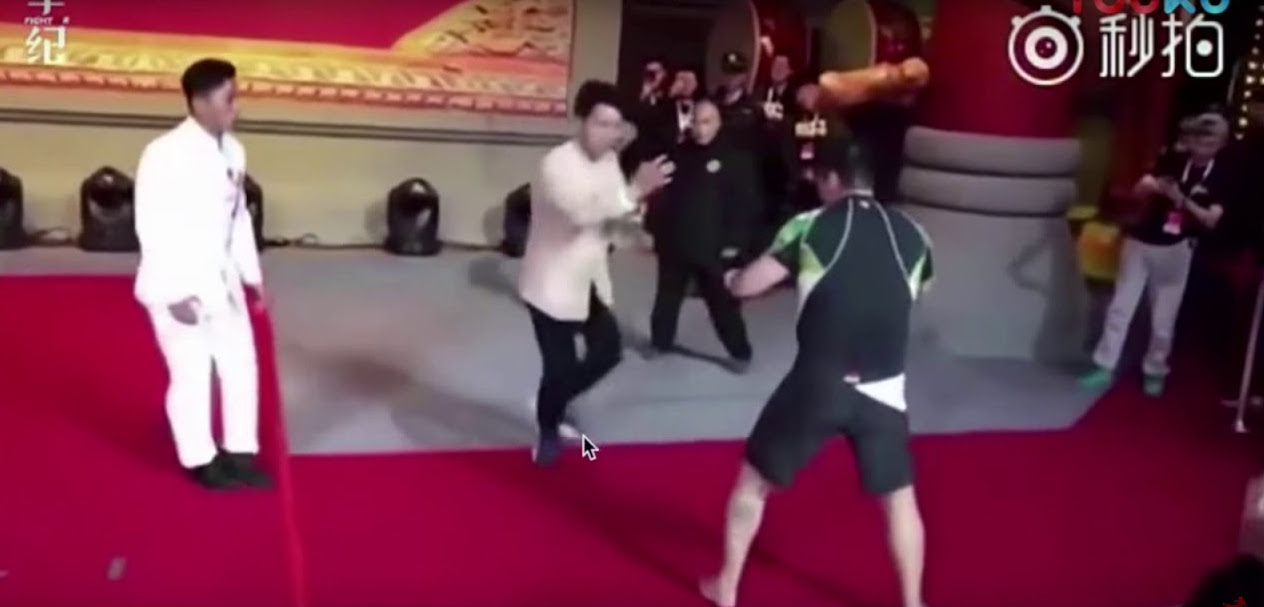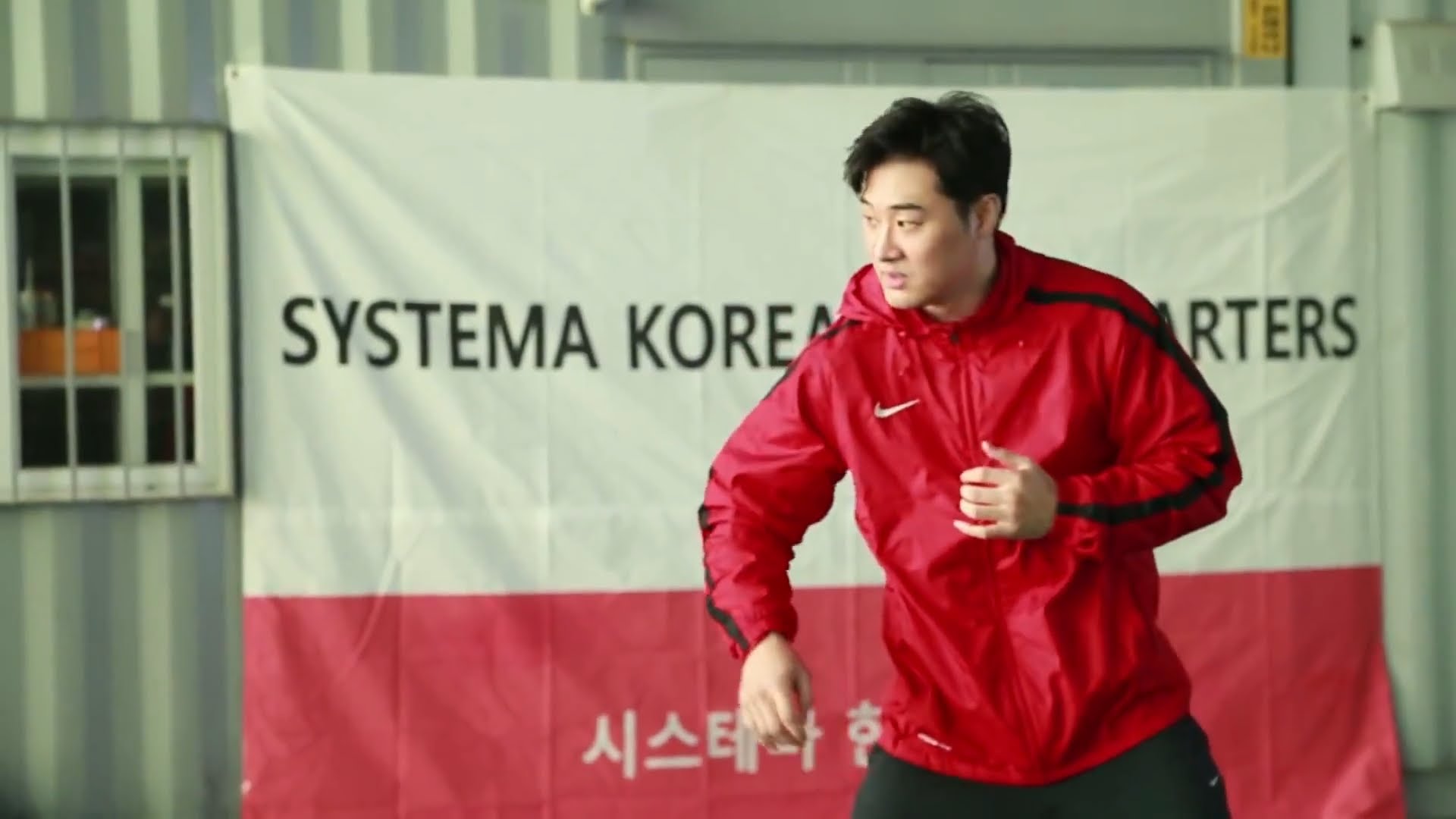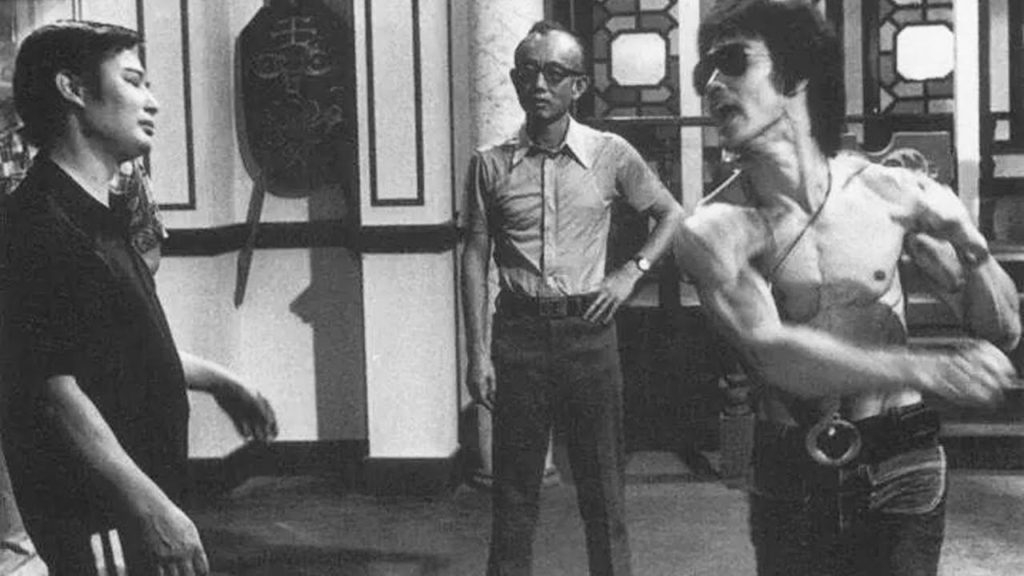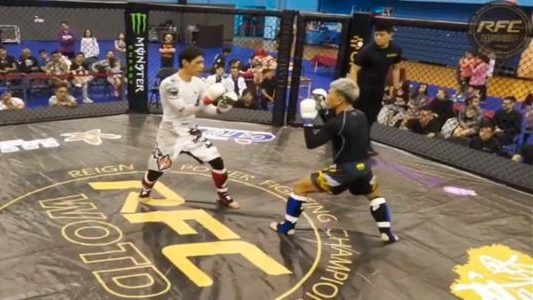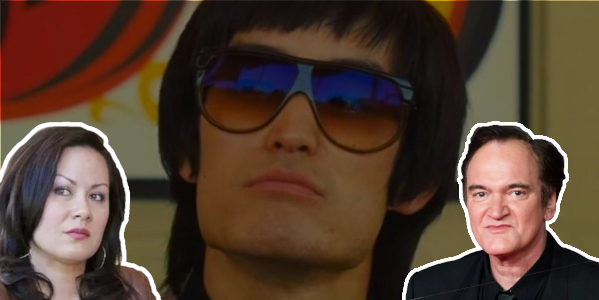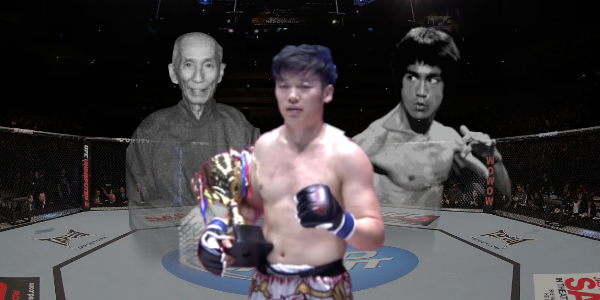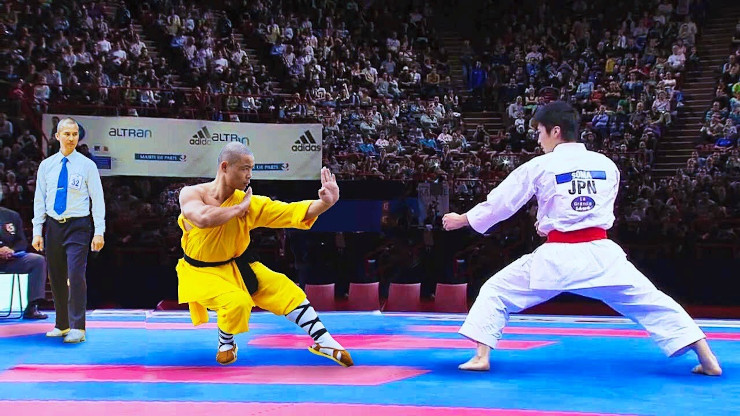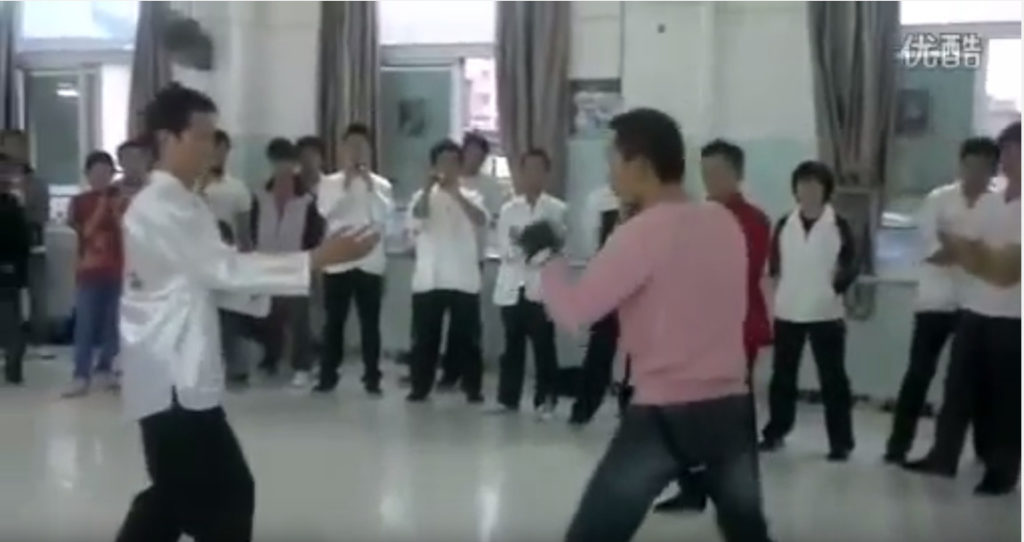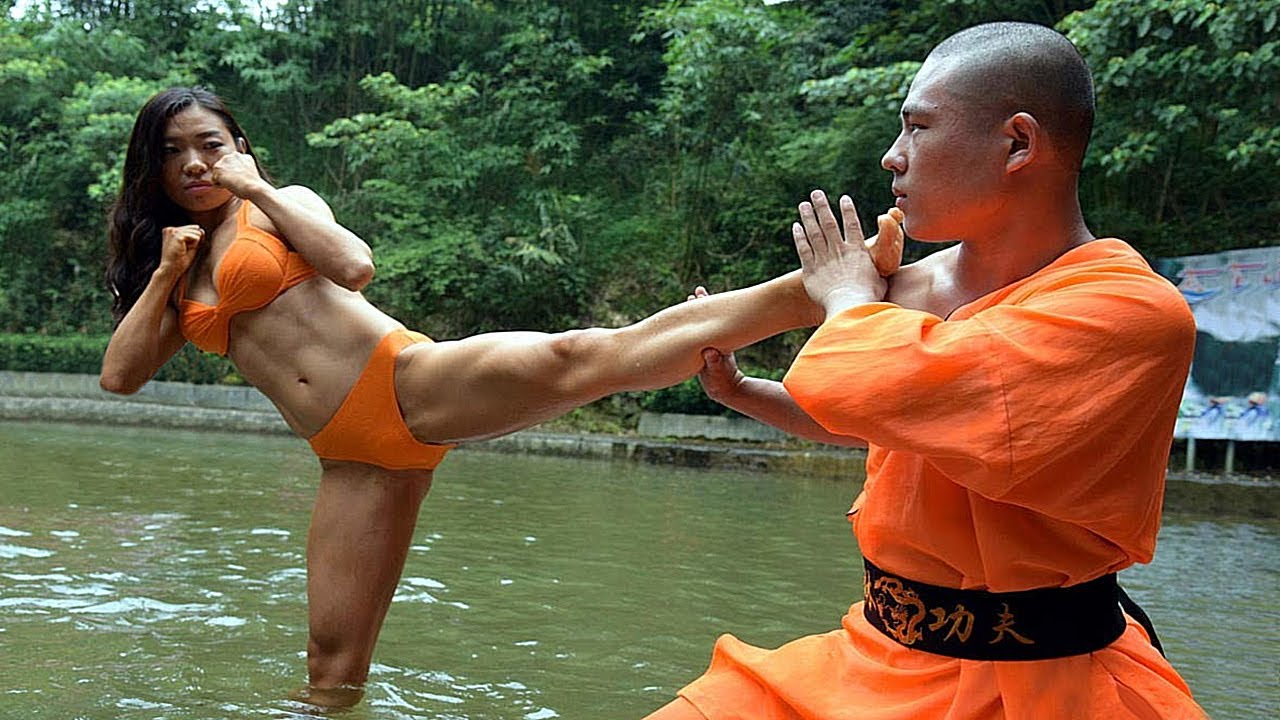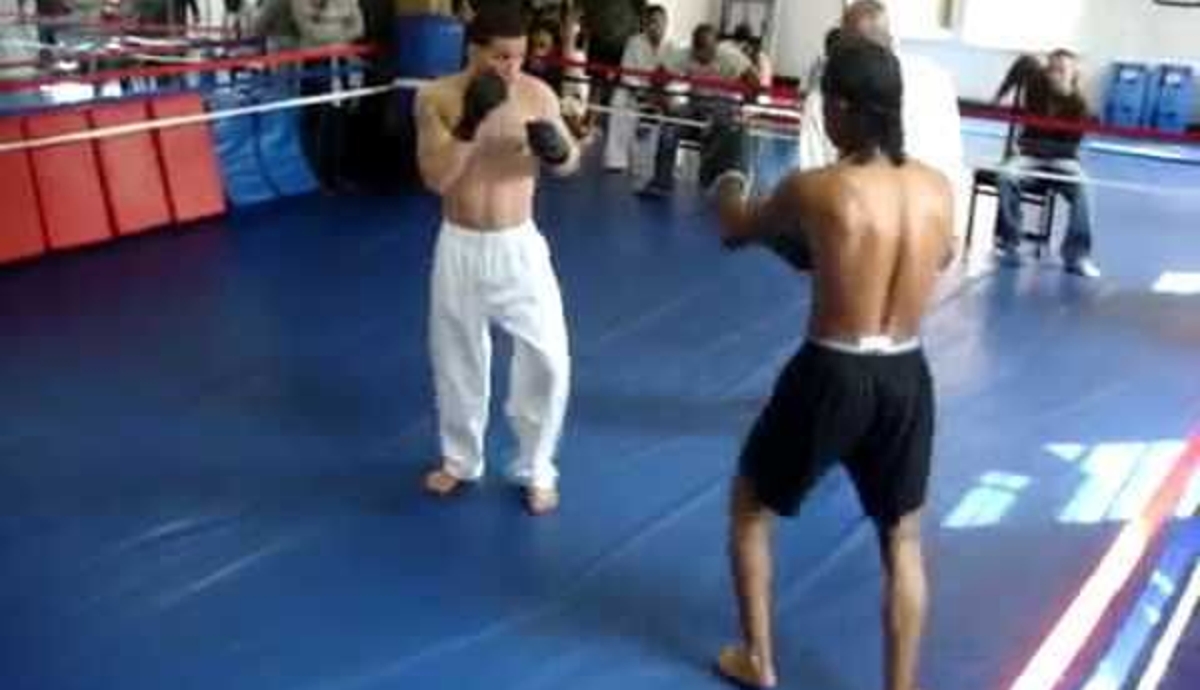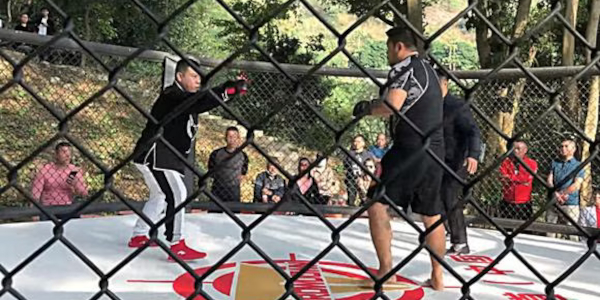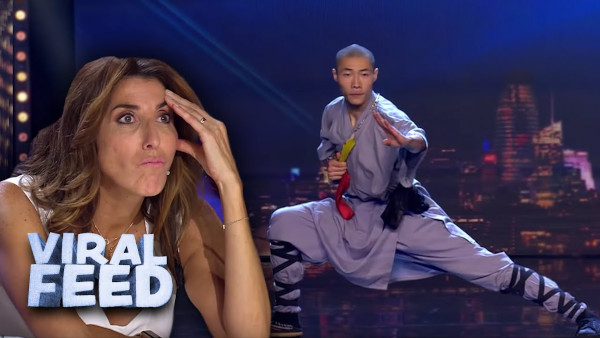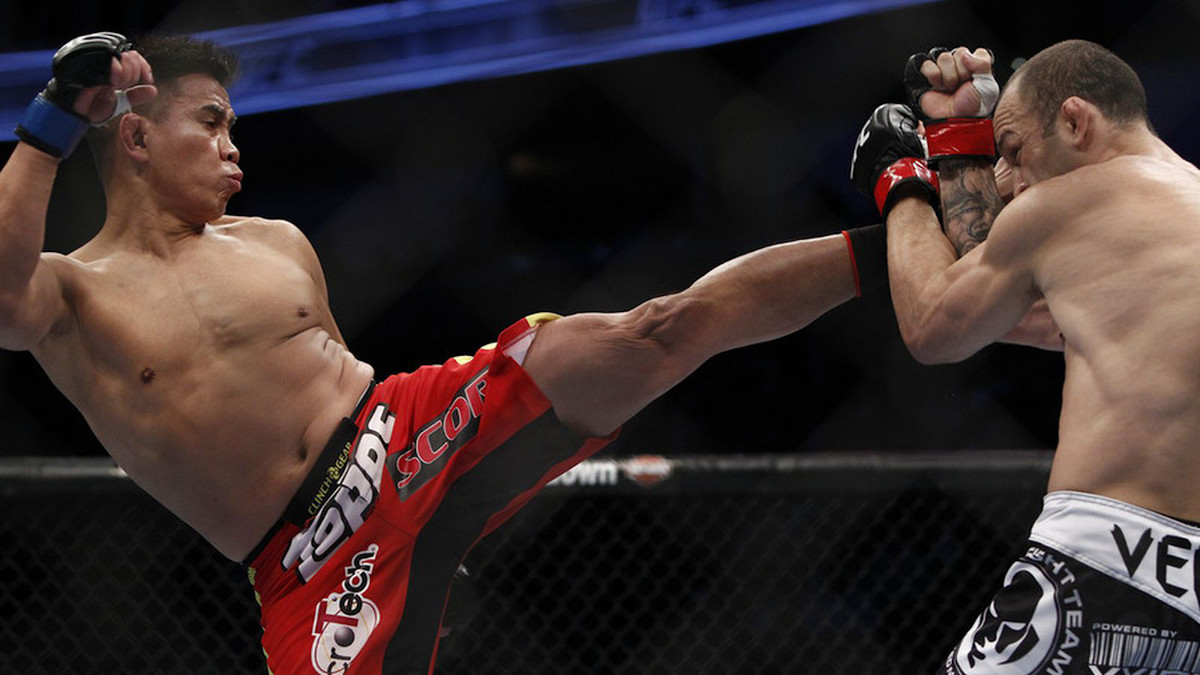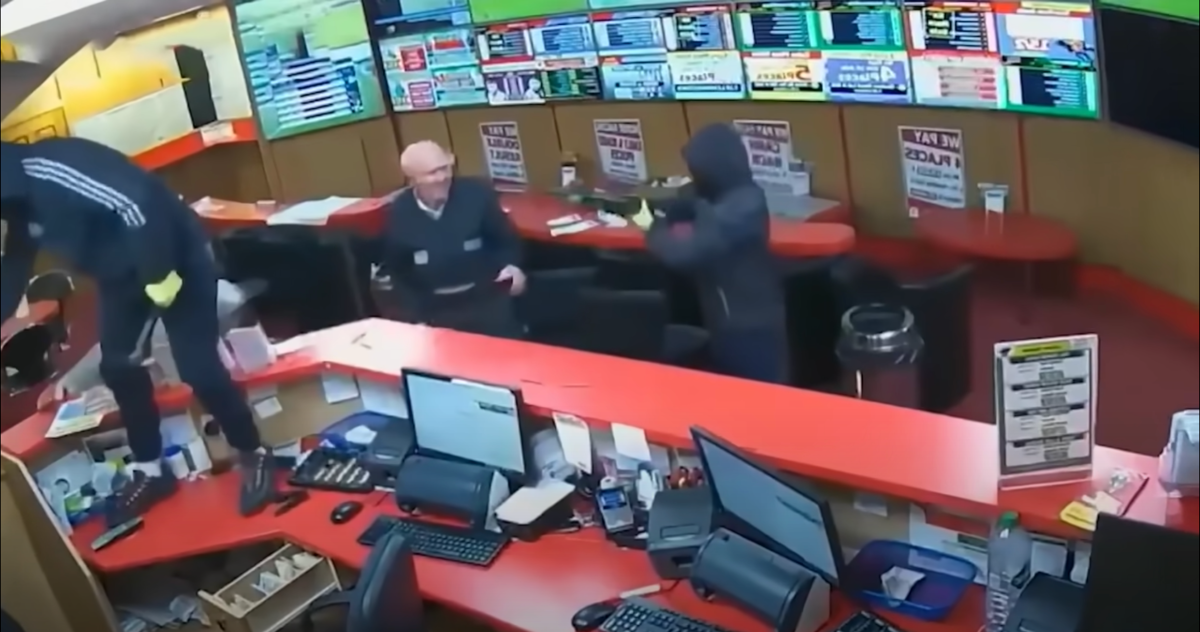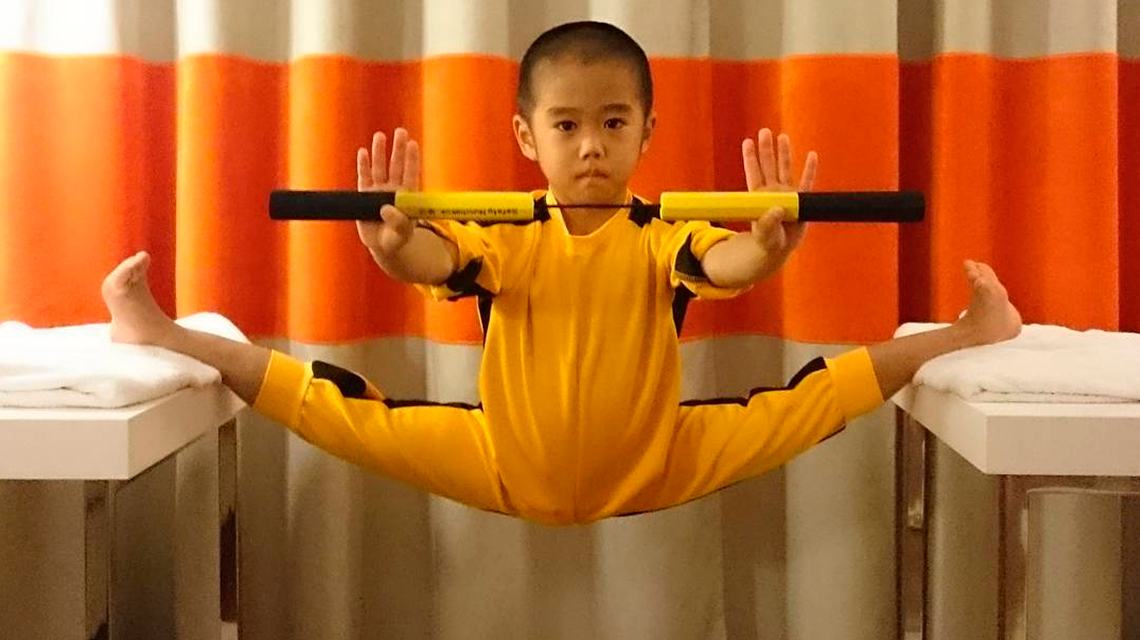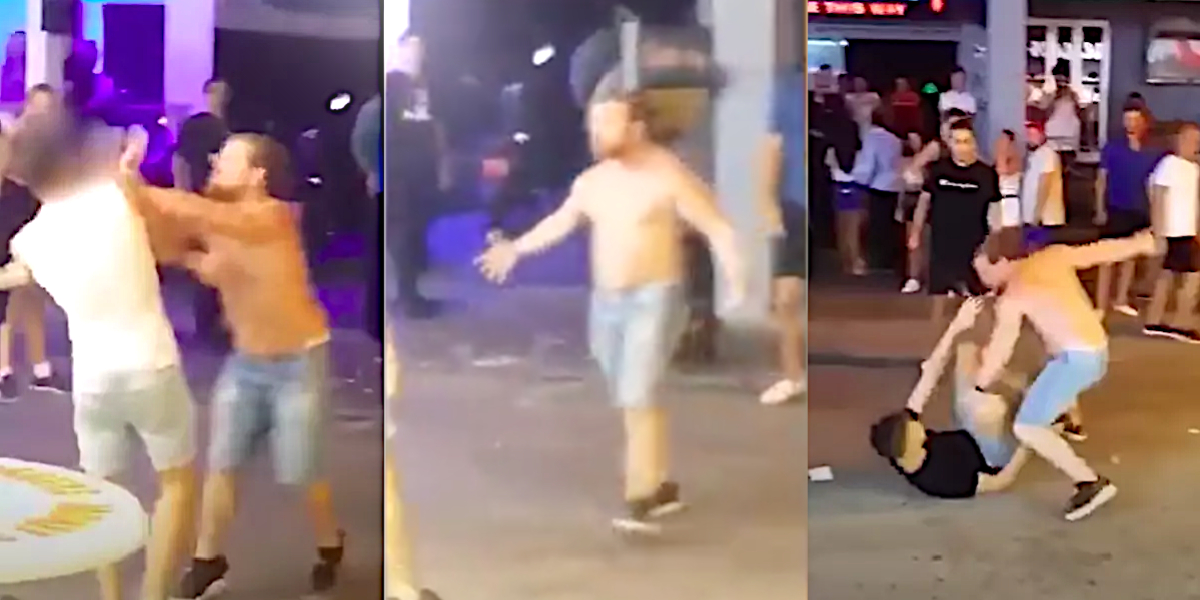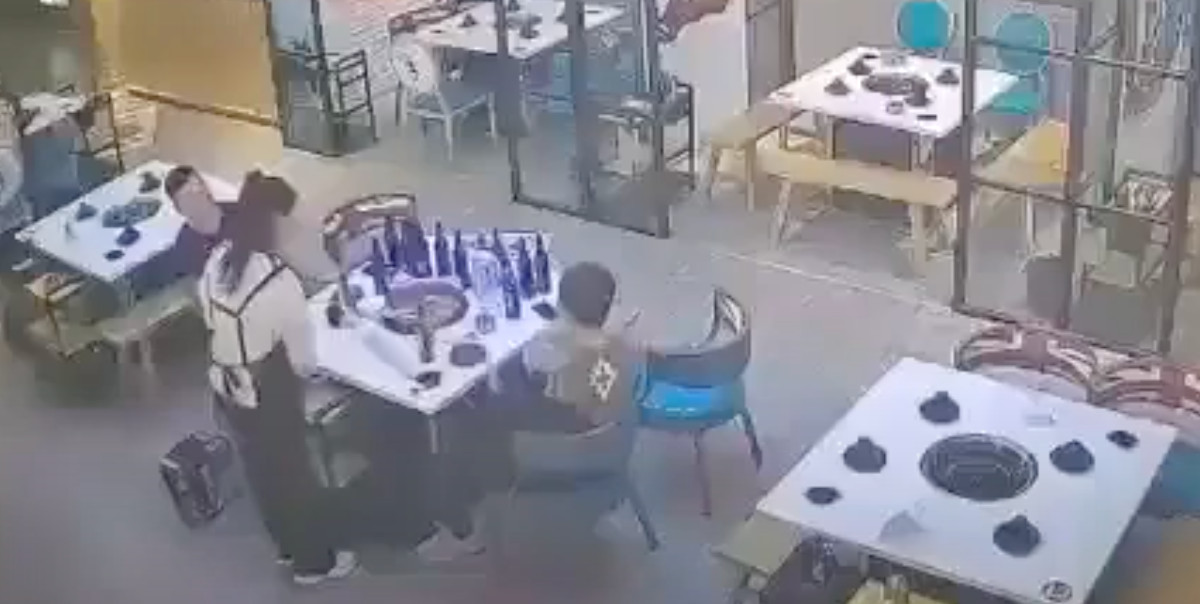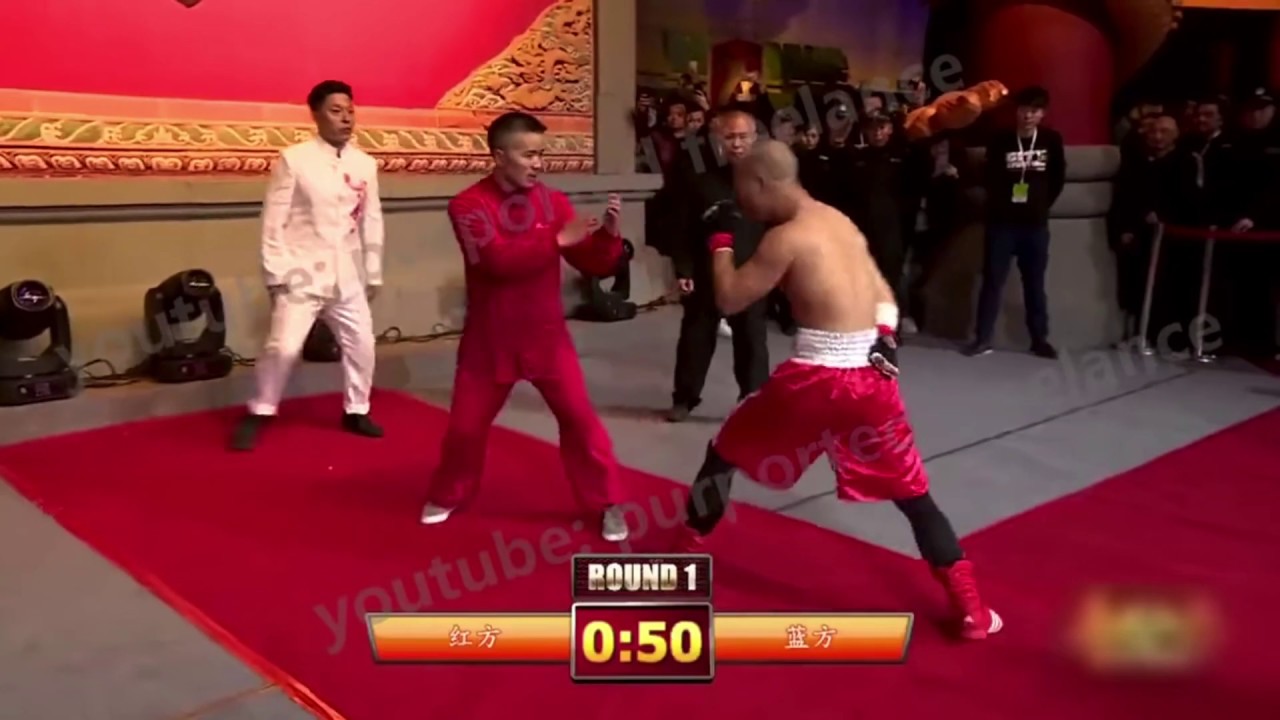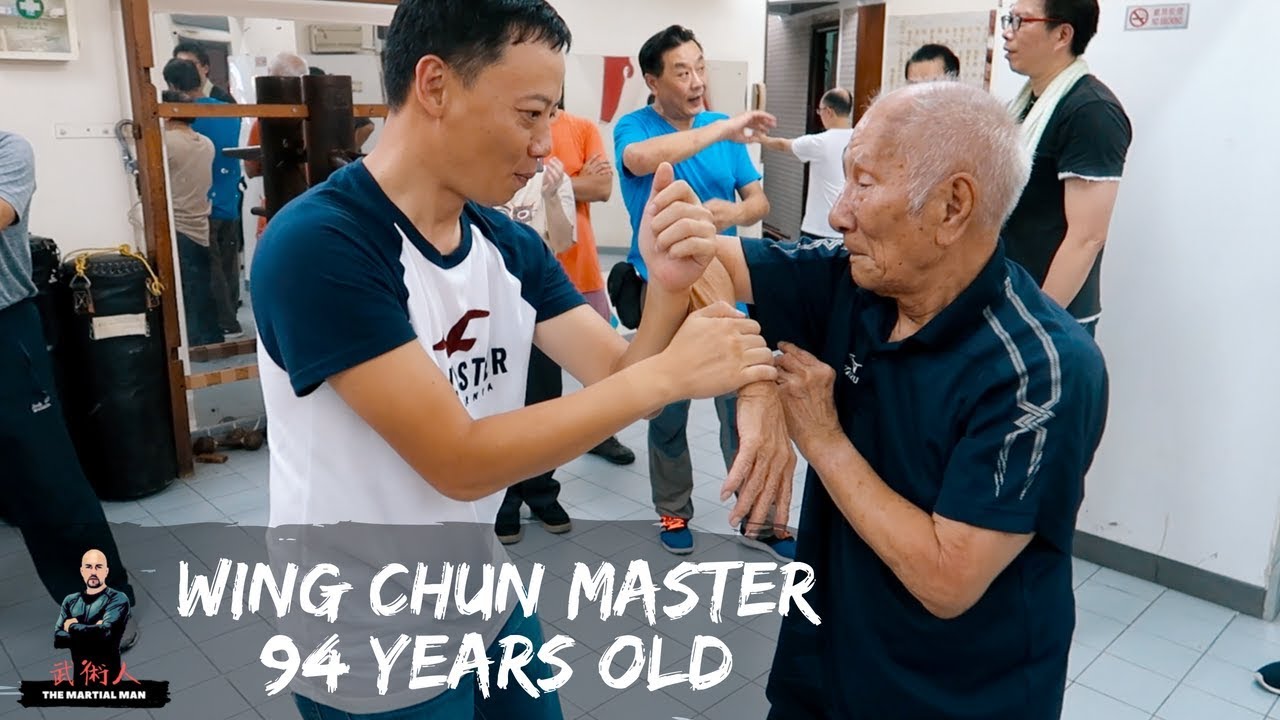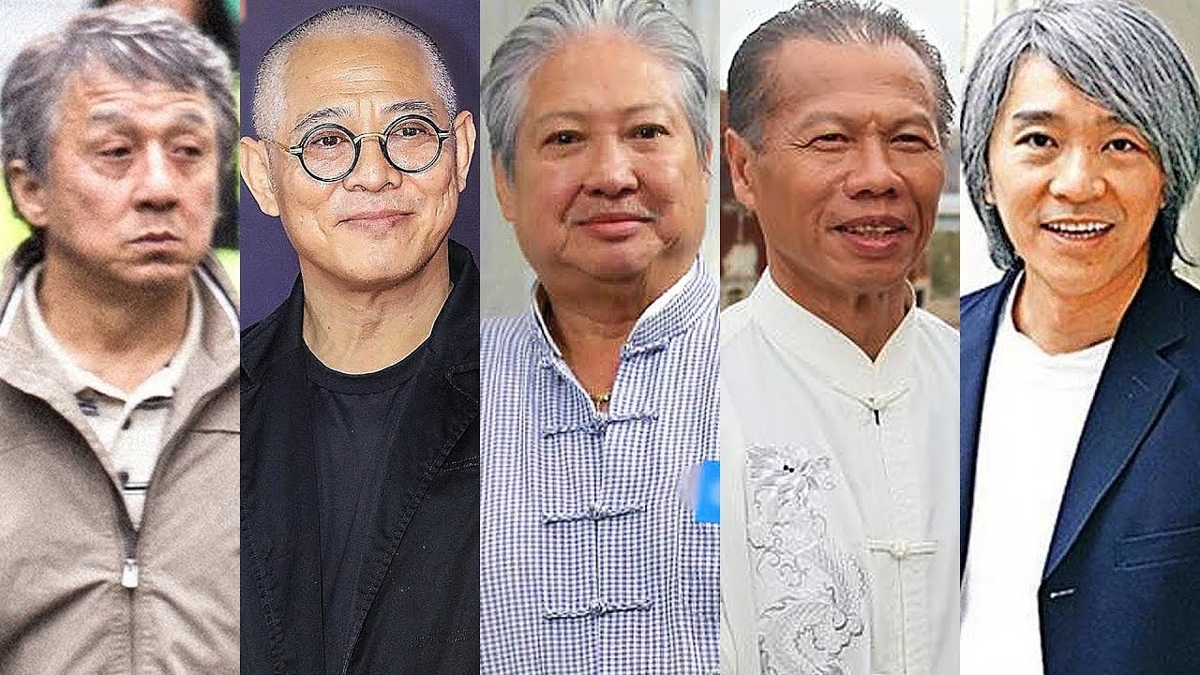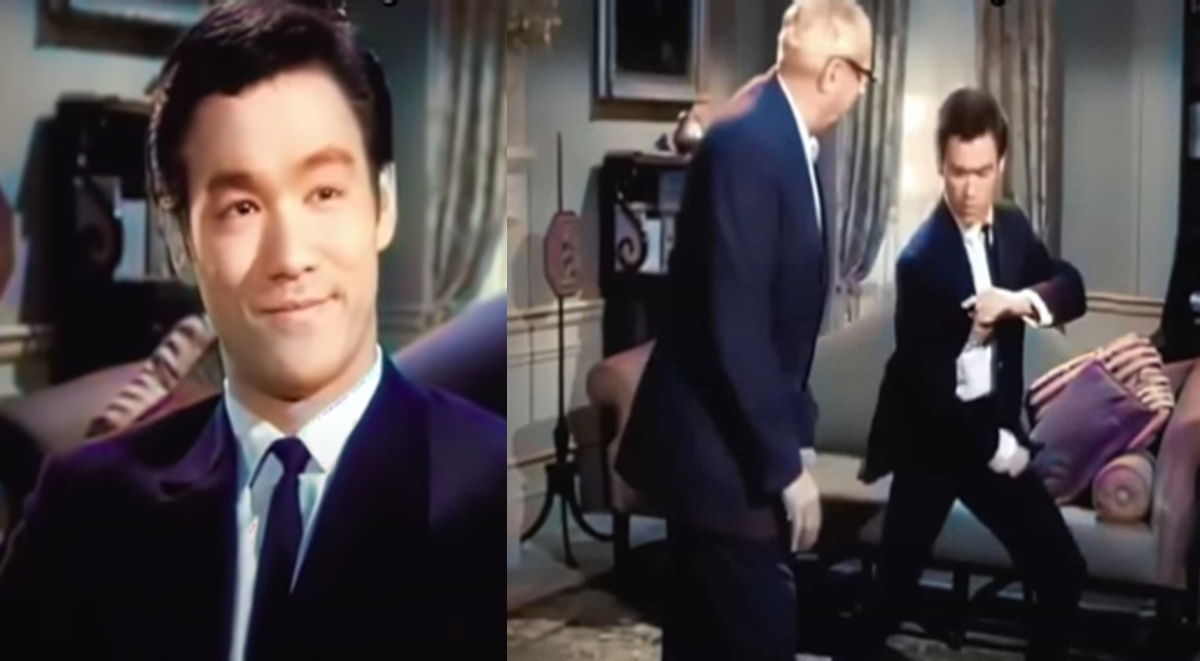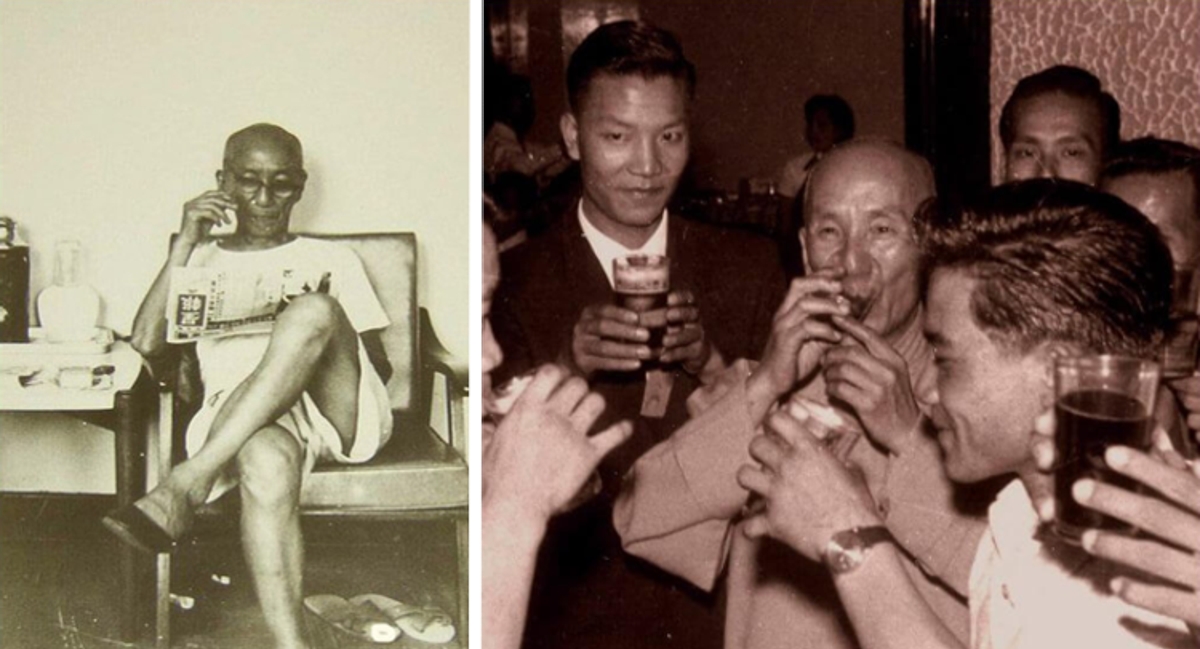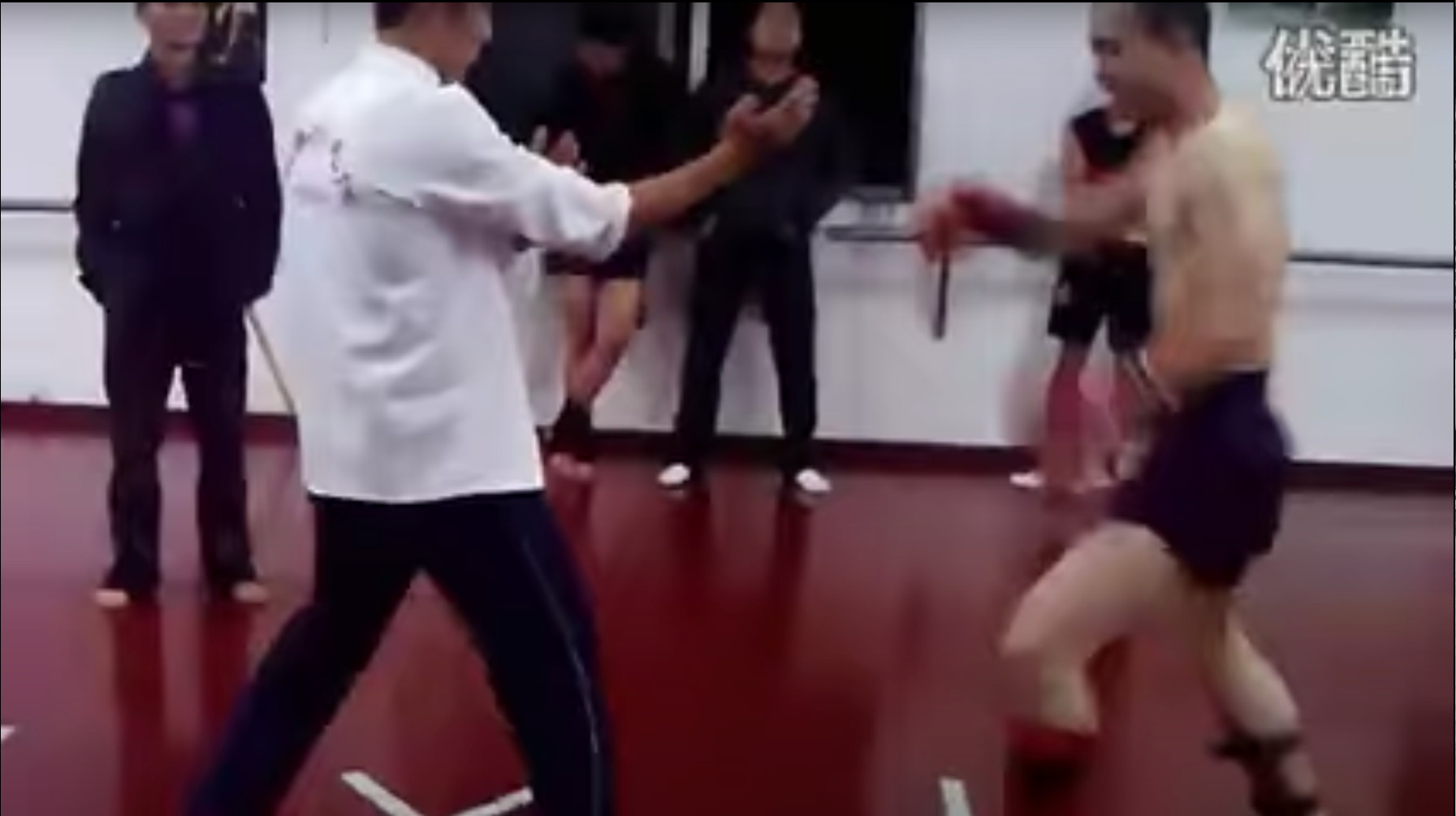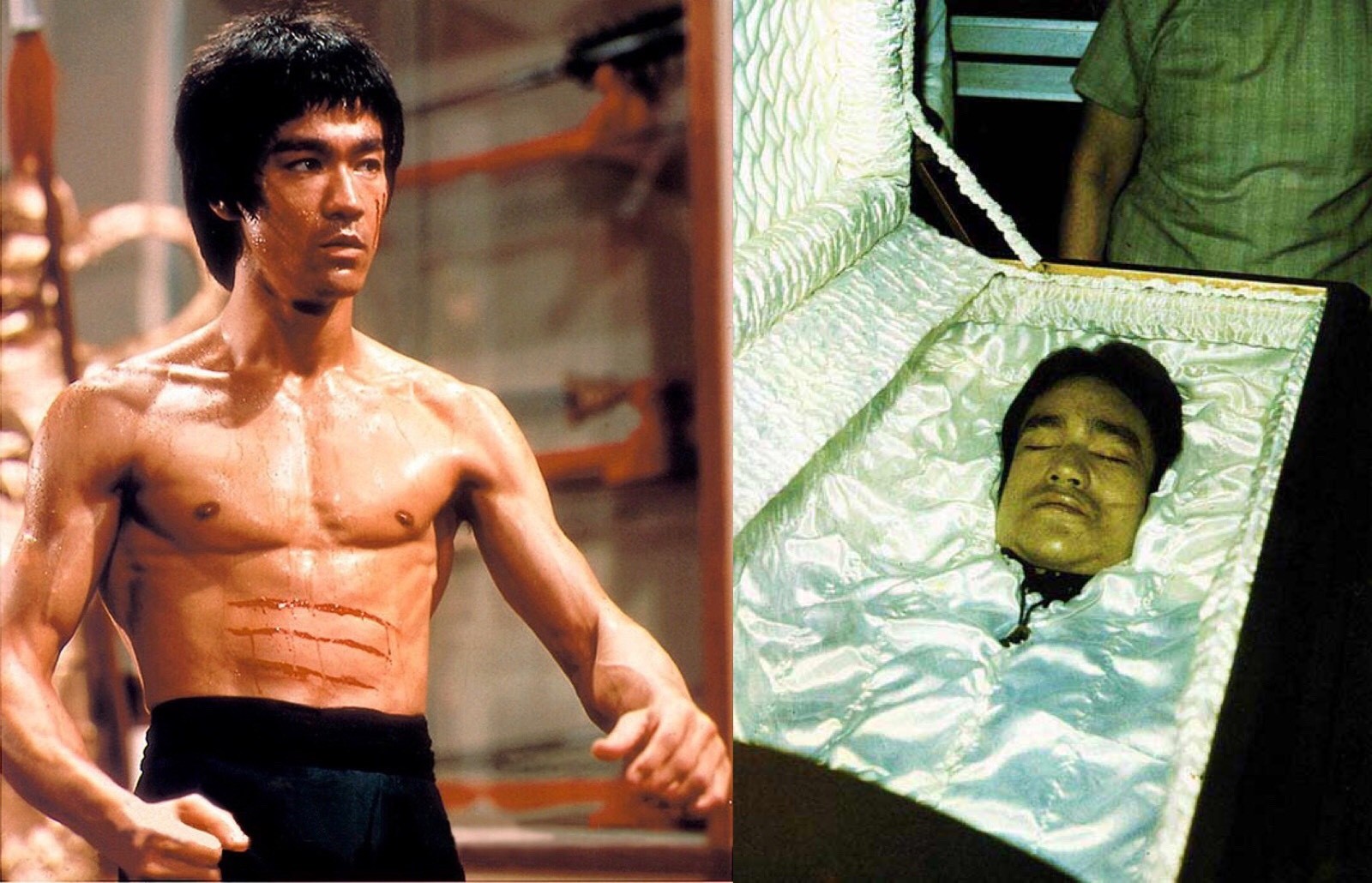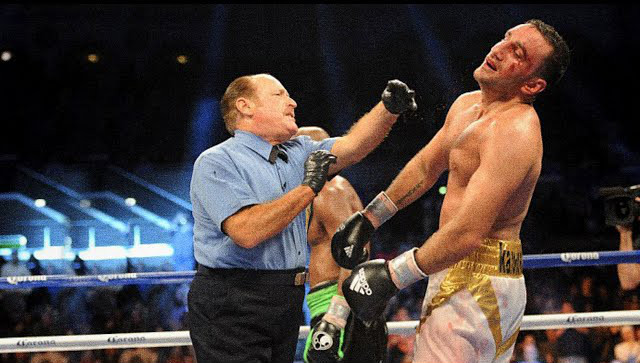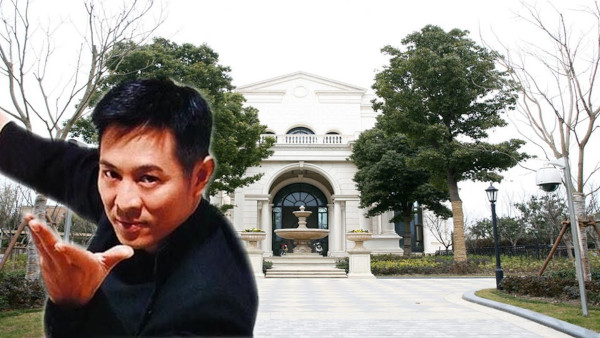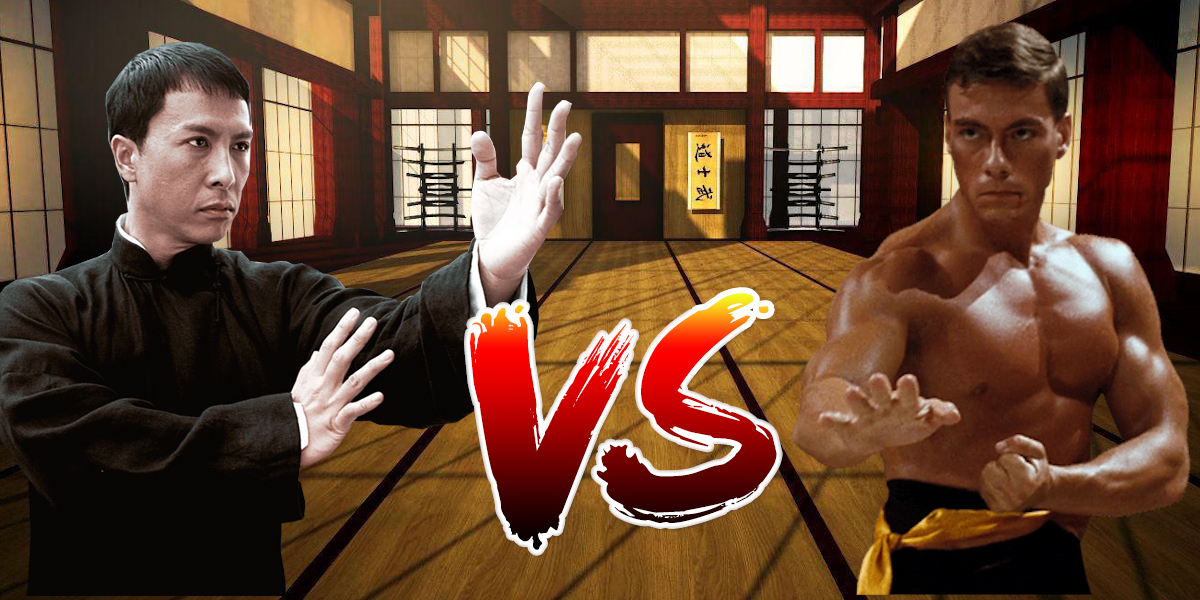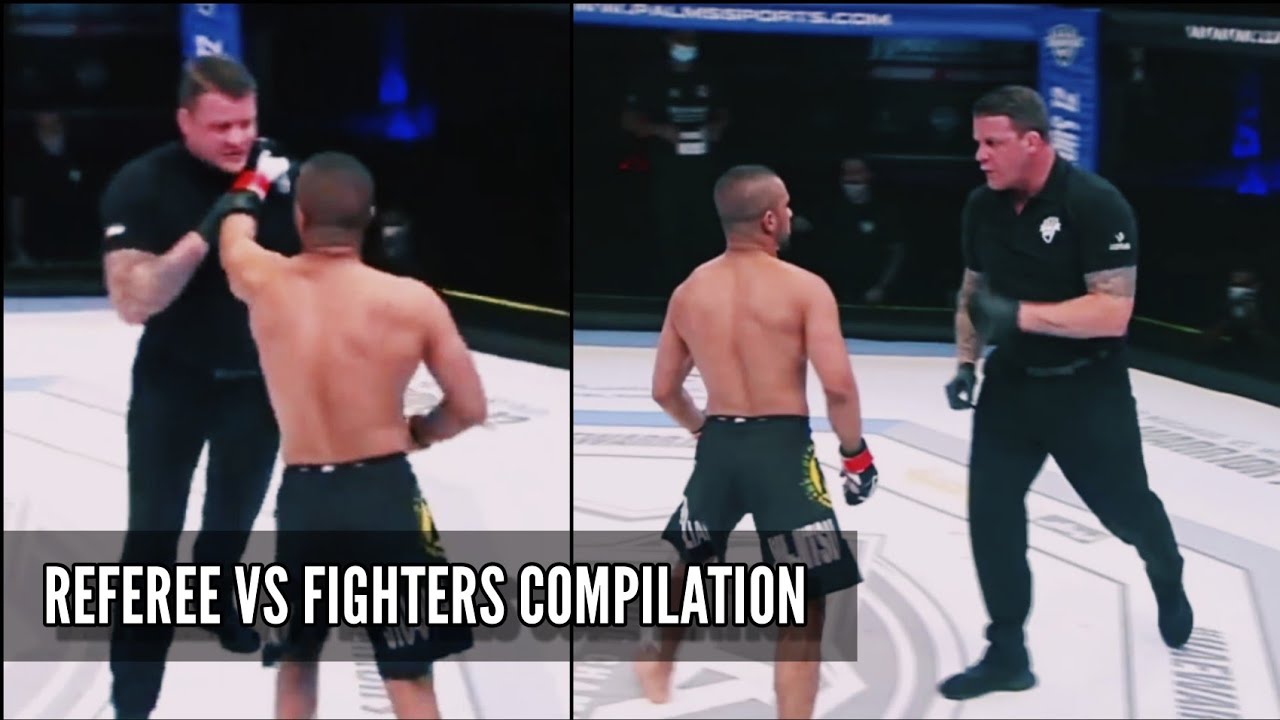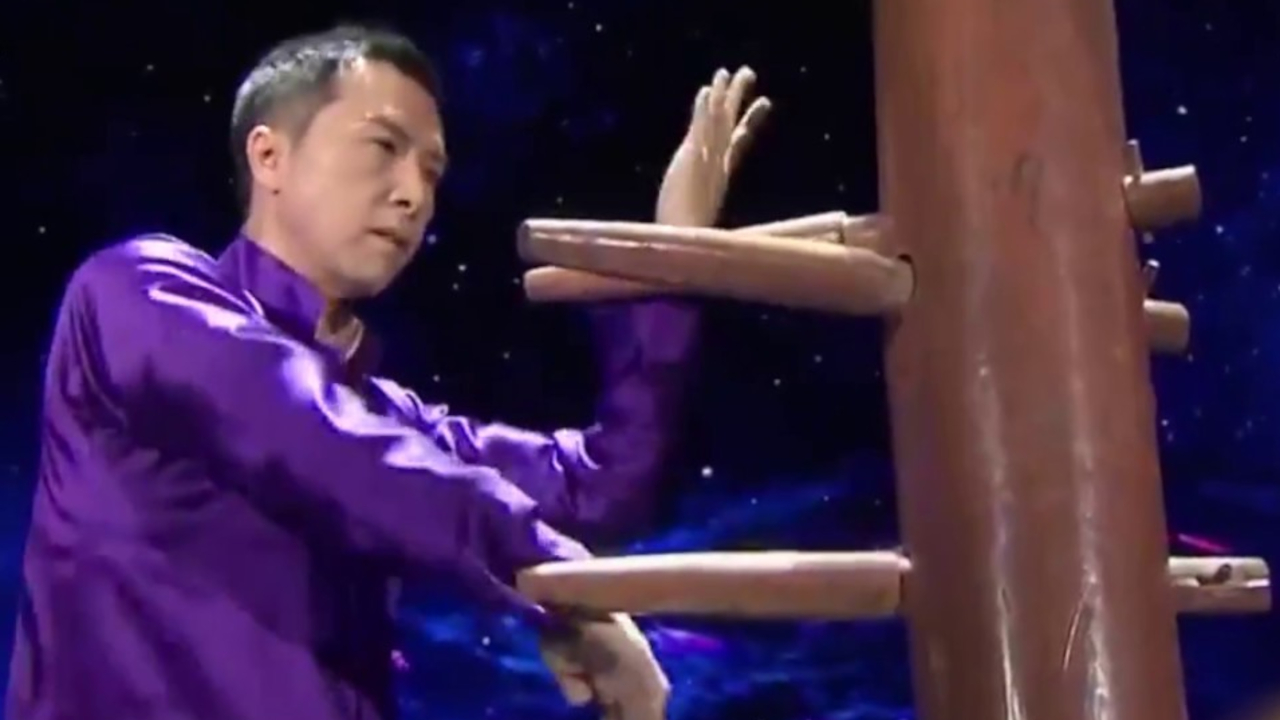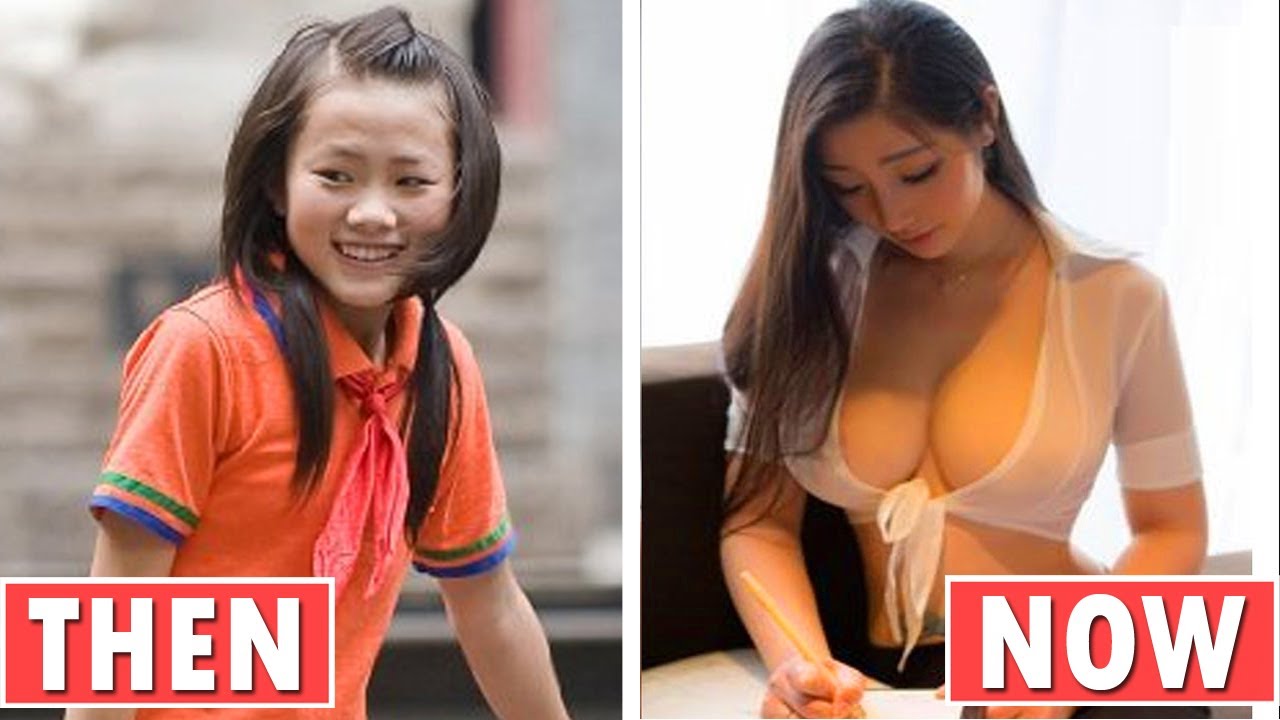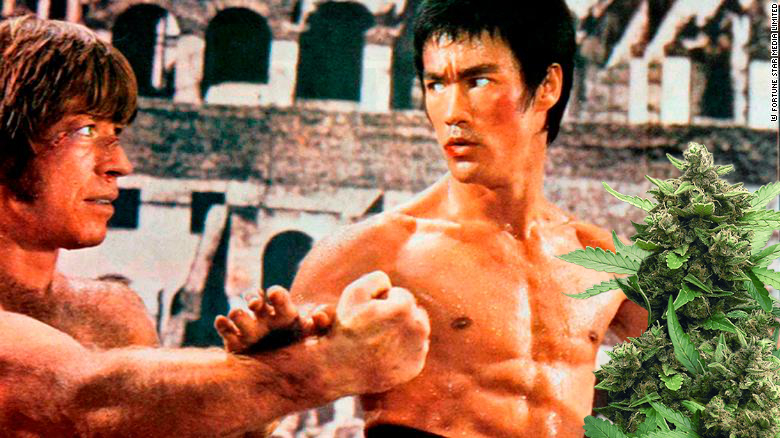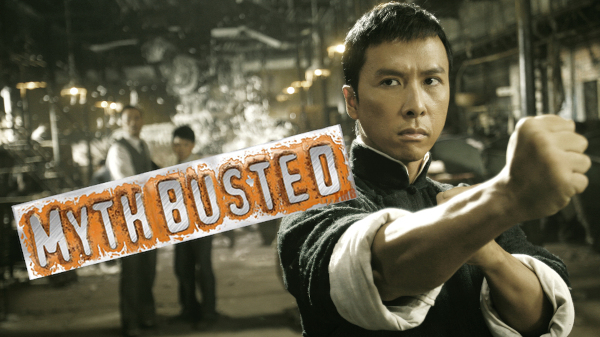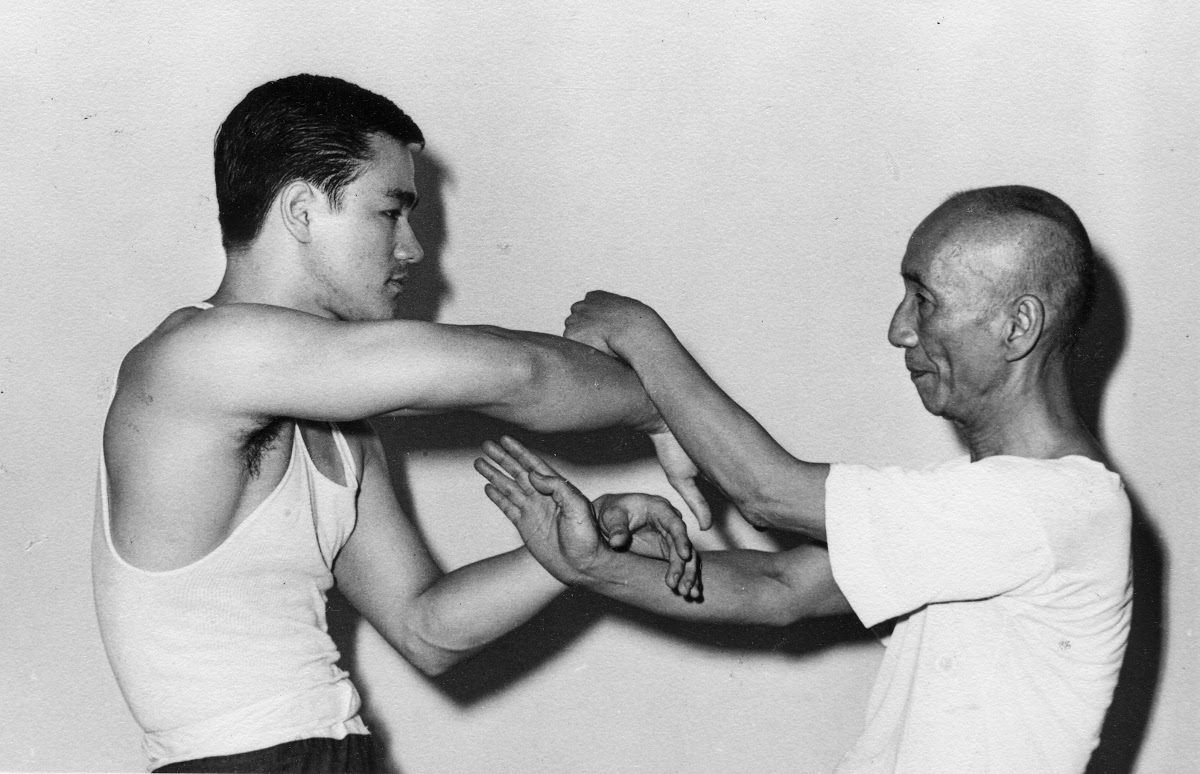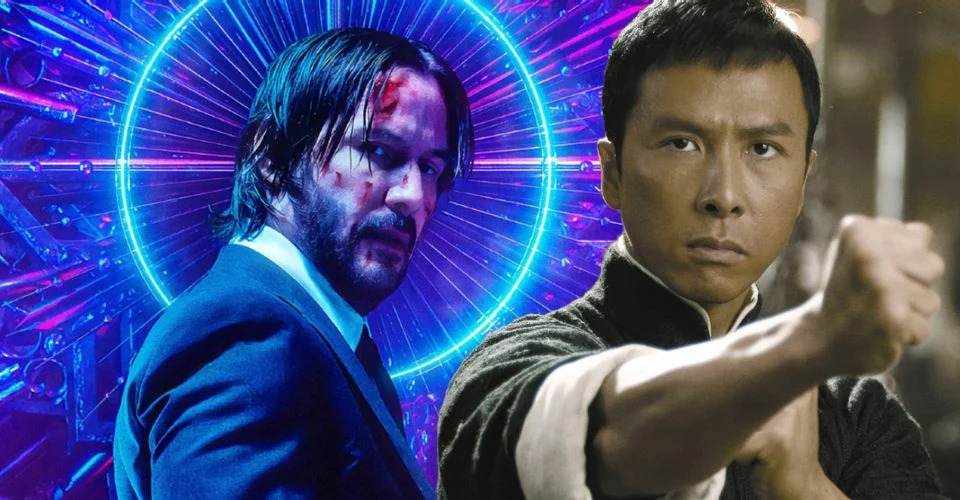Top 7 Wing Chun Techniques
Reading time: 6 minutes
This video was uploaded by Dan Lok on his official YouTube channel. Don't forget to check him out!
The following article is an abstract of the video above.
Wing Chun Techniques
Obviously you've heard of the Bong Sao, Tan Sao, Fak Sao... a lot of the blocking, a lot of the drills, a lot of techniques -everybody knows that. But today I'm going to show you something a little bit different. I'm going to show you some of the techniques to attack an opponent. How do you attack an opponent?
Because Wing Chun itself is actually in an attack art. It's not as so much, although we do hit and block simultaneously but if you actually think of the philosophy and history of Wing Chun, it's actually very much an attack art. We go in there, we attack the opponent. That's why a lot of the techniques are very very deadly and hit a lot of the vital spots on the human body.
Suggested: IS WING CHUN ILLEGAL IN MMA?
Straight Blast
So the very first technique, which is the most well known, is the Straight Blast. Now, I studied under three or four different instructors in Wing Chun, and everybody teaches the straight blast a little bit differently.
So, today I'm just gonna show you the distinctions between those, but you have to experiment yourself and find what works for you. So, common mistakes when it comes to straight blasts. Jason and Shin can join me.
When we're practicing you can see in the camera that obviously, when we do the straight blast, Wing Chun is all about protecting your centerline. So, when you Straight Blast, you're not straight blasting the side nor facing your punches down. See how I have my center Line open?
You're protecting your centerline, okay? So, from there just you can hit the nose, the head, the throat, solar plex, all at different angles as well. The fist is not horizontal, we don't do the horizontal, but vertical.
Now, a lot of you'll say that, unlike the boxing jab, it doesn't have power. It does have power if you do it properly.
A common mistake people make when it comes to straight blasts is that your punches are directed downwards while you're straight blasting, A lot of Wing Chun practitioners do this mistake. But If you do your punches downwards, you're basically scratching your opponent. Plus, no power is expressed.

Another instructor of mine taught it differently: his punches were very relaxed, but when he had to express the power, oh boy the power was there.
The third way of practicing the straight blats is the JKD Way. The JKD way is much more aggressive since it's combined with the boxing mechanics. In order to achieve such an effective combo, you have to use your hips too.
The Elbow
Wing Chun is commonly known also for using the elbows a lot. Elbows are amongst the human body's strongest parts, so using them properly might be devastating to the opponent.
It's very convenient to use them in short-range situations too, to attack directly, get out of way of the opponent's arms, or both consequently!
The important thing to remember is to turn with the whole body, not just with your elbow. Remember the center line!
Another important thing to remember is to train it always very slowly with your sparring partner, otherwise, you could send him to the hospital very quickly.
The Uppercut
Wing Chun uppercut is quite different from the Western style uppercut. In fact, it develops from the form and it is usually combined with a Lap Sao. It's also different from the straight blast that we have seen before since it works more on a close range. It's sneaky.
It's kind of similar to western boxing but the body mechanics are different.
Fak Sao / Fut Sao
This one is indeed very powerful since it literally chops the neck. It's not a back fist or a swing, in fact, the body doesn't move that much and the power expressed through Fak Sao is short and explosive.
Bill Gee or Finger Jab
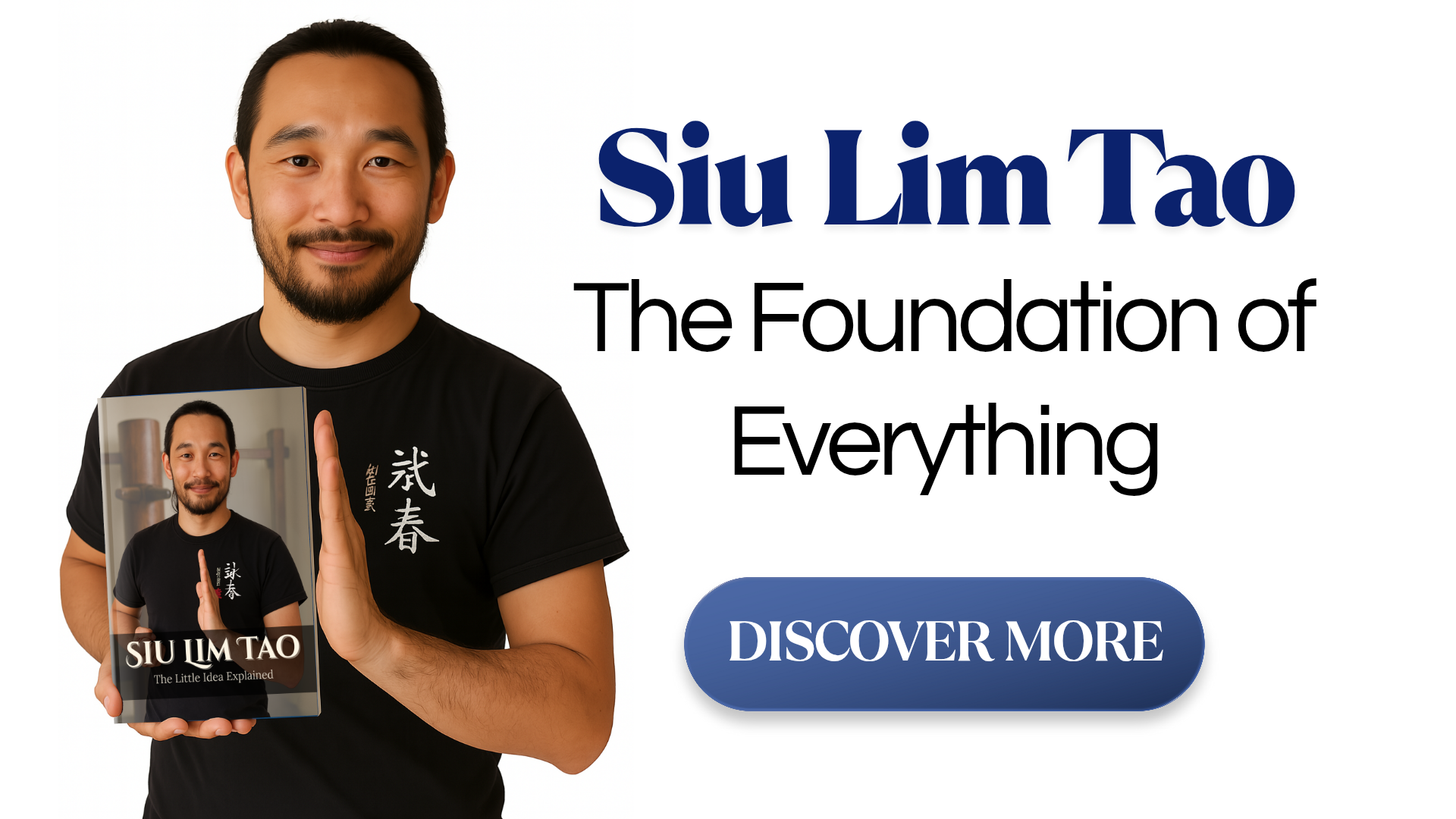
The Finger Jab can be compared to a snake. Since Biu Gee is used while you're losing in a fight, you can use your fingers to make damage ad take advantage of your opponent.
Finger Jab is useful not only as an attack but also as self-defense while somebody is pounding you. In this case, you might have seen somebody training it while doing the Biu Gee form.
The Chop
Similar to the Karate Chop, in Wing Chun, the movement is not done horizontally. No, instead it's a forward movement that protects the center line the whole time.
To observe the movement well, there are two main movements. The macro movement is done by the forearm moving forwards. The micromovement, which is not less important, is done by the rotating wrist. The rotations is towards the outside, from your body to the opponent.
Important to notice is that these two movements taken separately, do not produce the same strength as together. That's why it's so important to combine the two movements in this Wing Chun techniques.
The final Wing Chun Technique: The Palm Strike
Which one, you're asking? Well, you see it in the form the whole time actually.
Using your hand's palm instead of punching is usually recommended for beginners. Wing Chun is no different and considers this technique effective and economic.
be aware, that we're not talking slaps at midair. No, the palm strike develops from the center, from the center line. The elbow is kept in and the movement is, as usual, forward.
The palm strike is similar to the chop, but there's one main difference between the two. The palm strike has an upward movement.
In addition, since the palm strike is coming from the center line, it's usually very hard to block.
Thank you. Your comment will be approved shortly.
Comments
Thank you. Your comment will be approved shortly.
Thank you. Your comment will be approved shortly.
Thank you. Your comment will be approved shortly.
Thank you. Your comment will be approved shortly.
Thank you. Your comment will be approved shortly.


